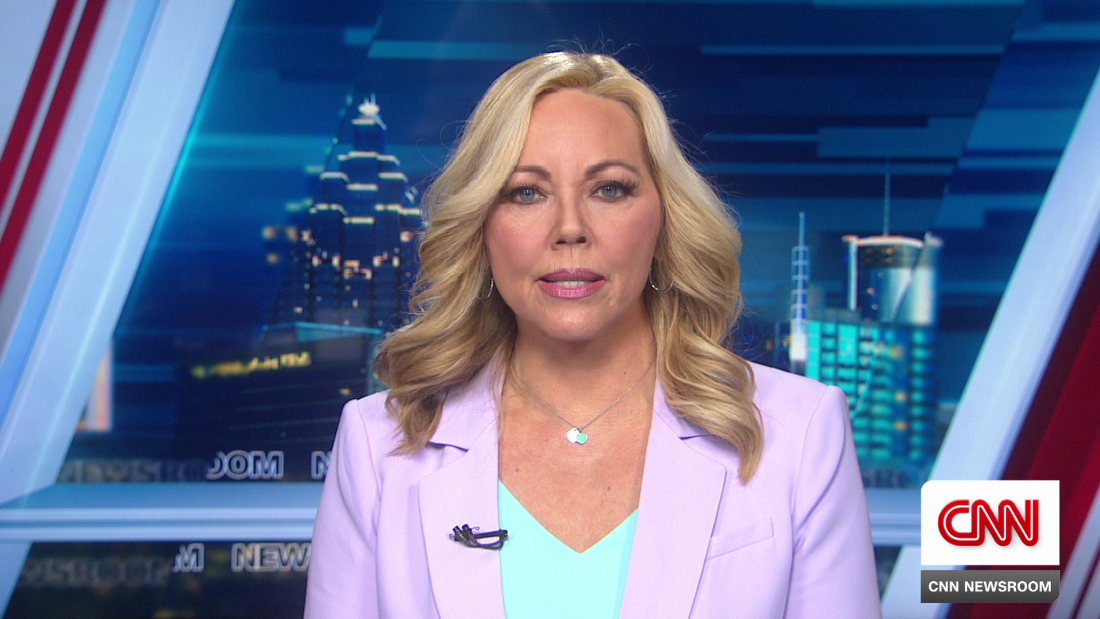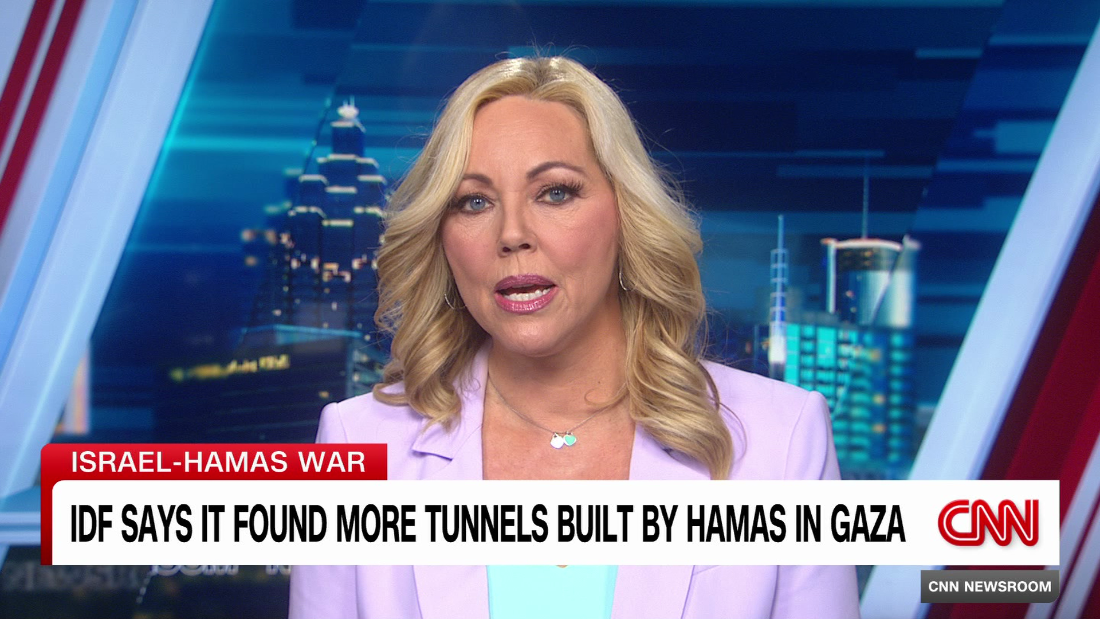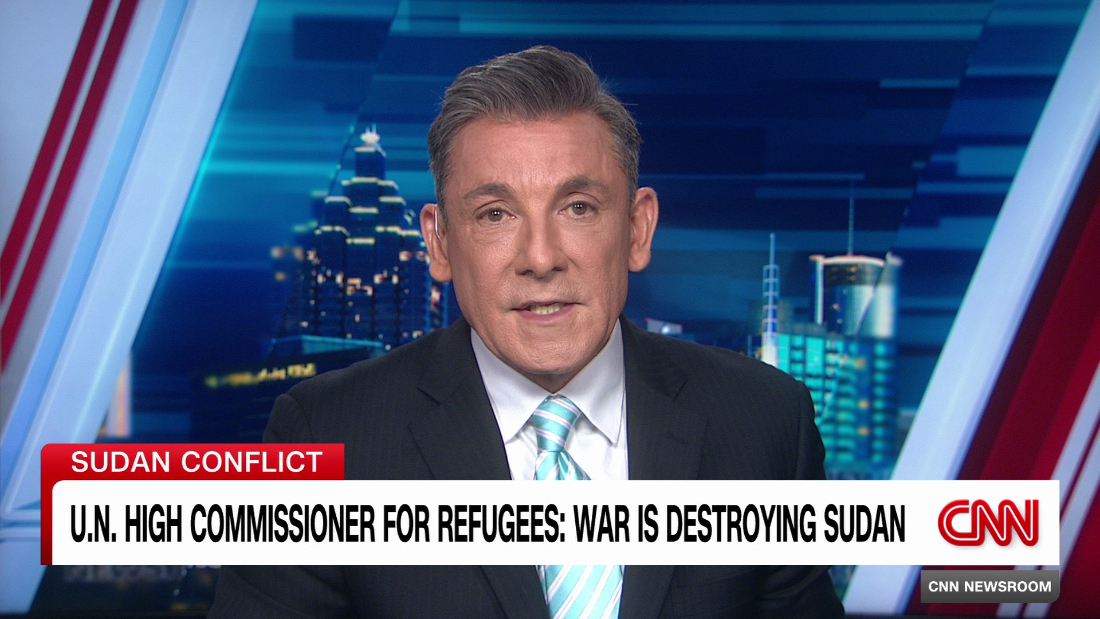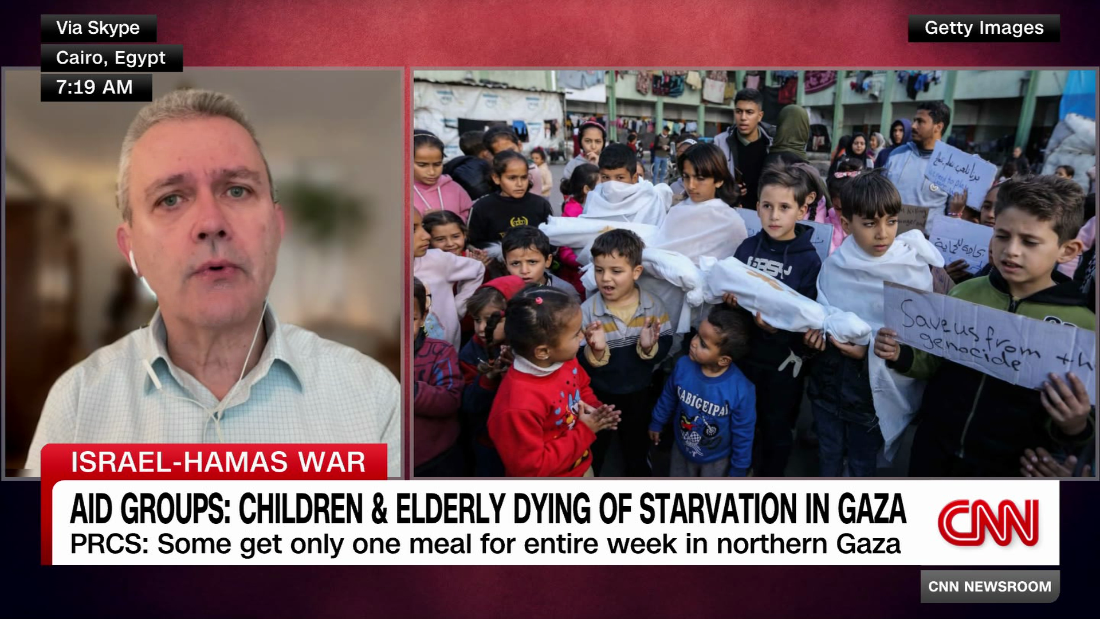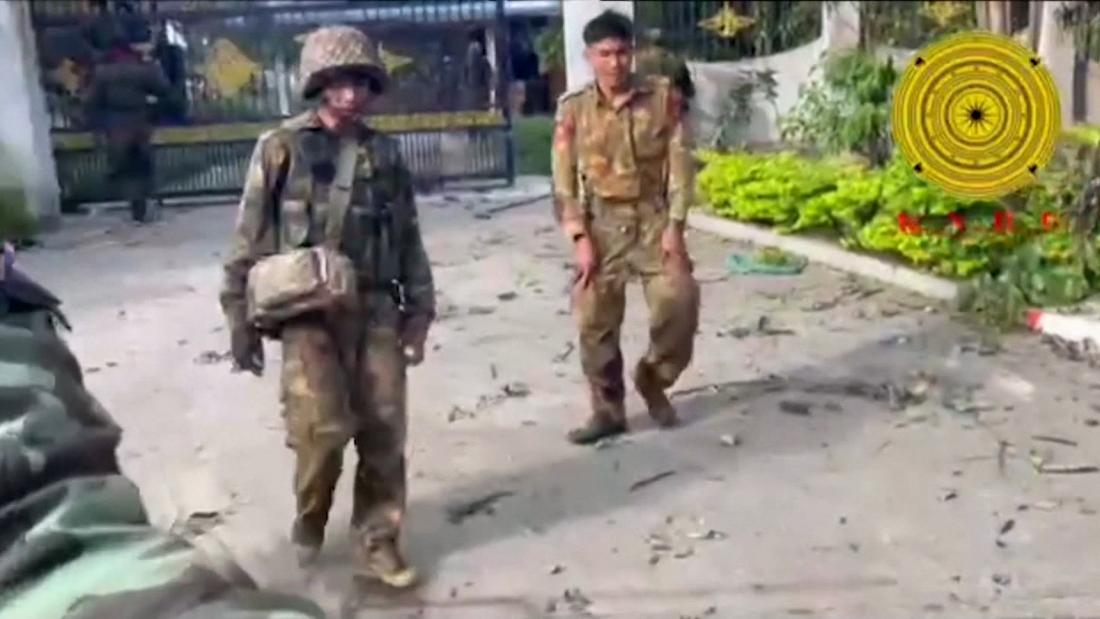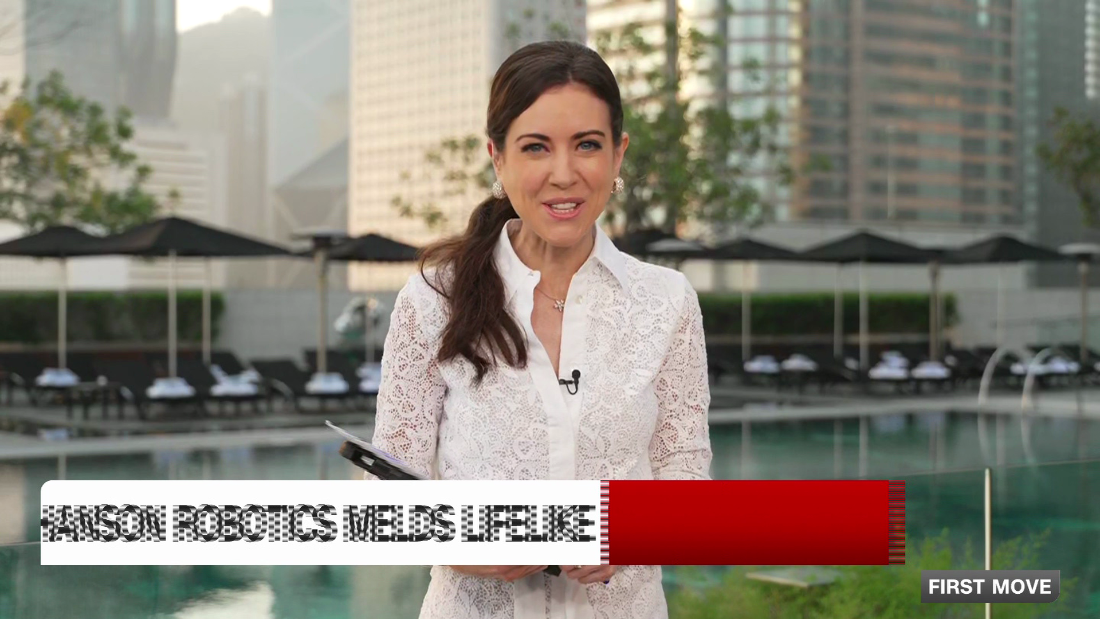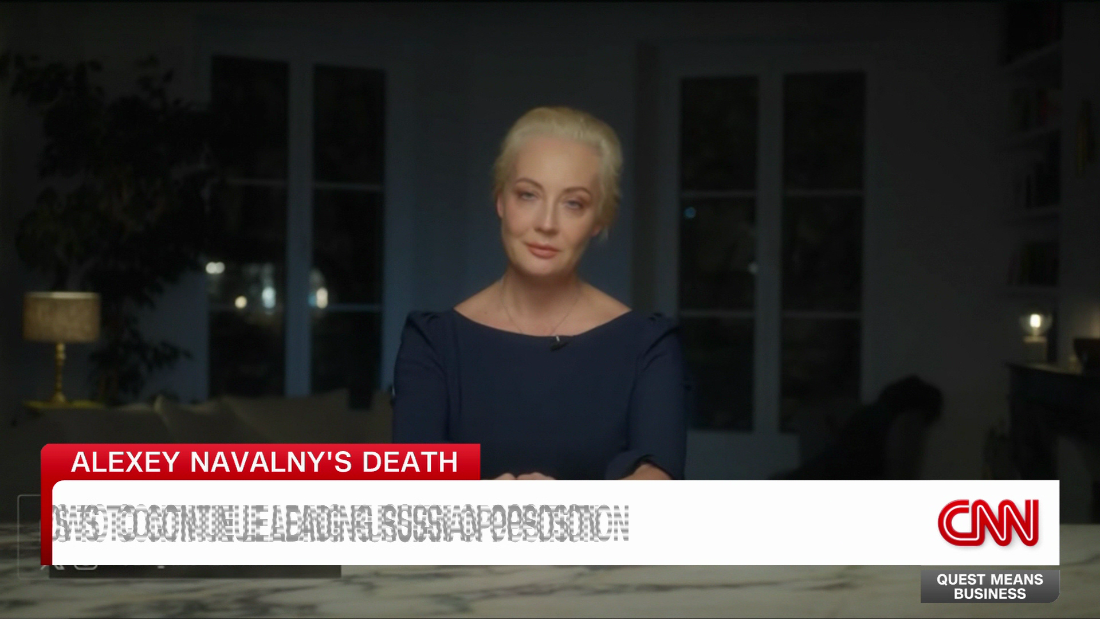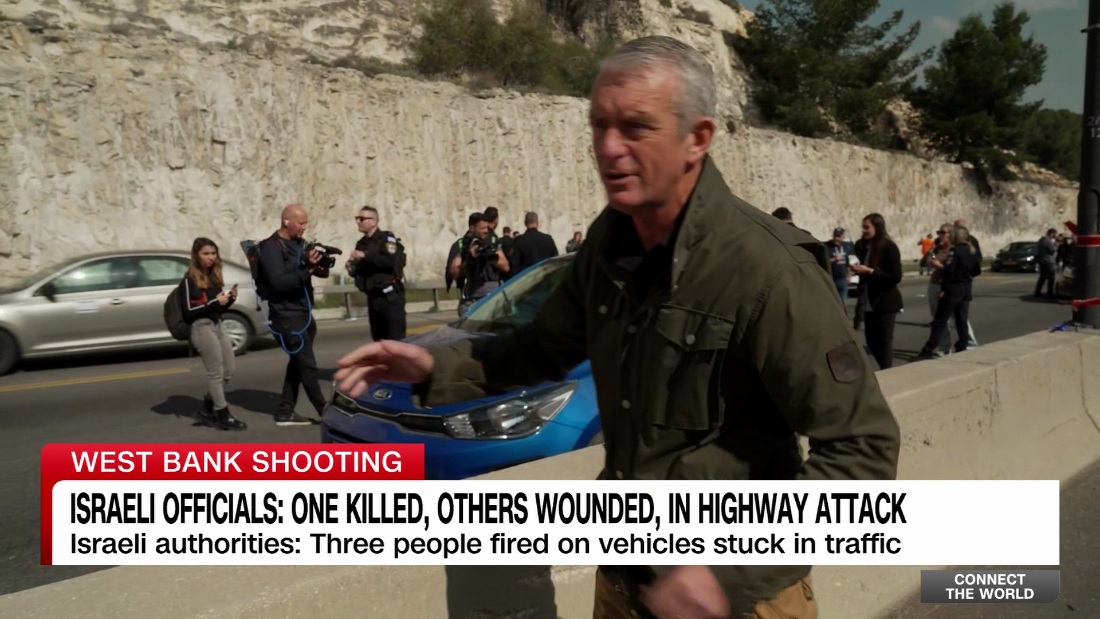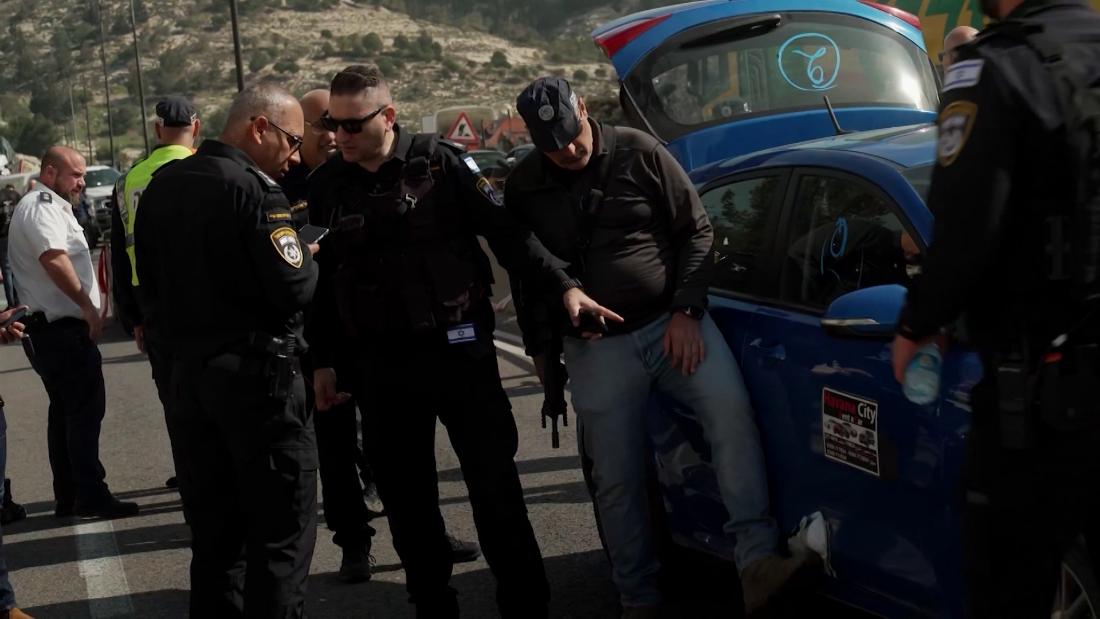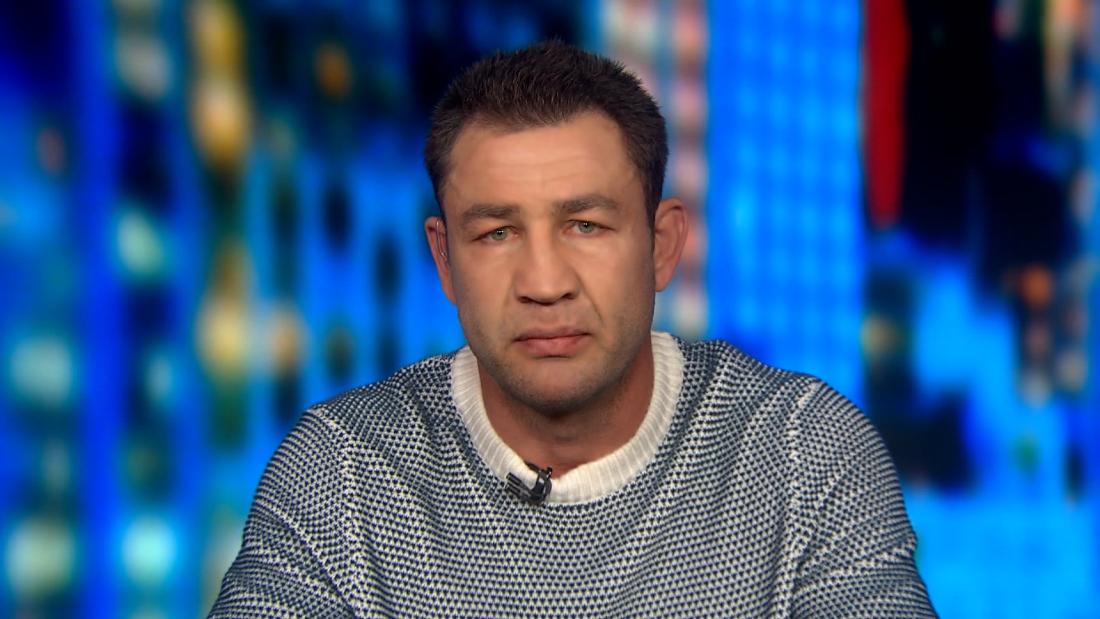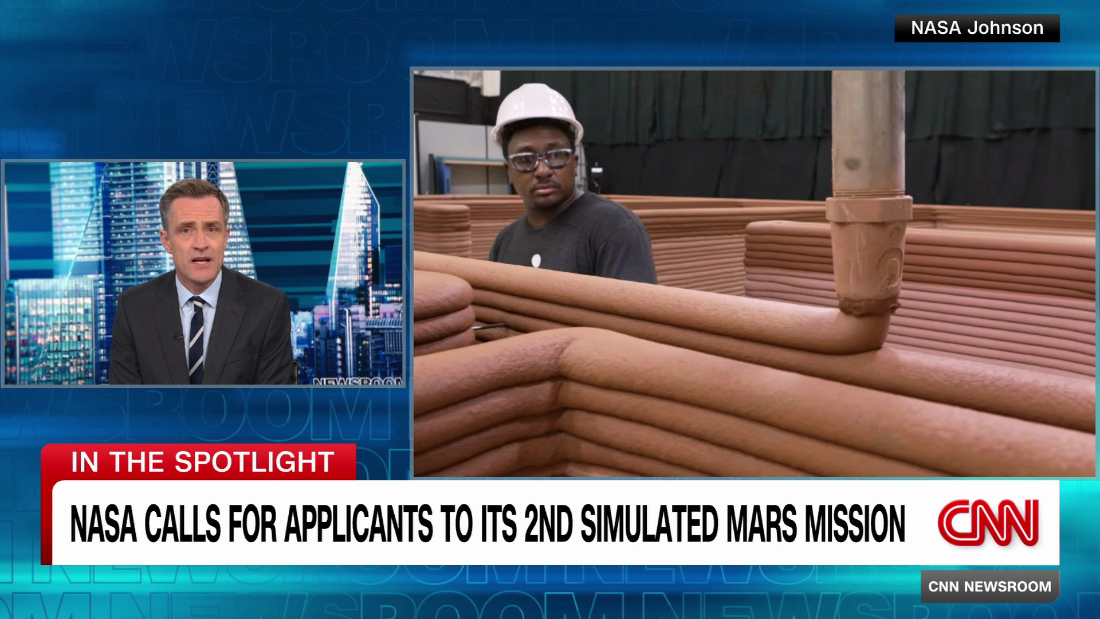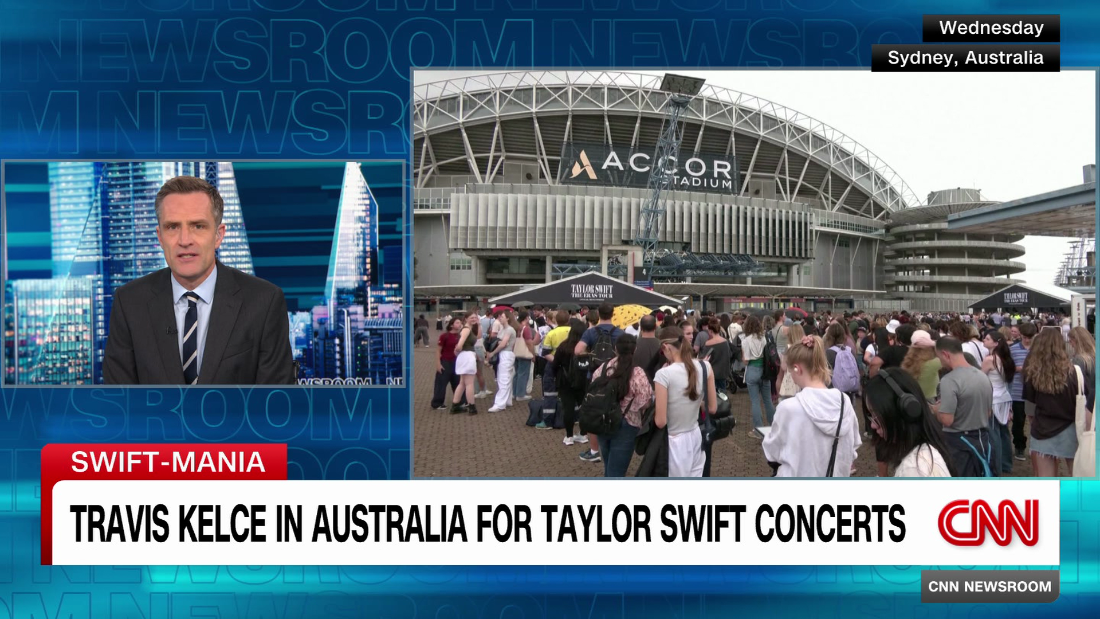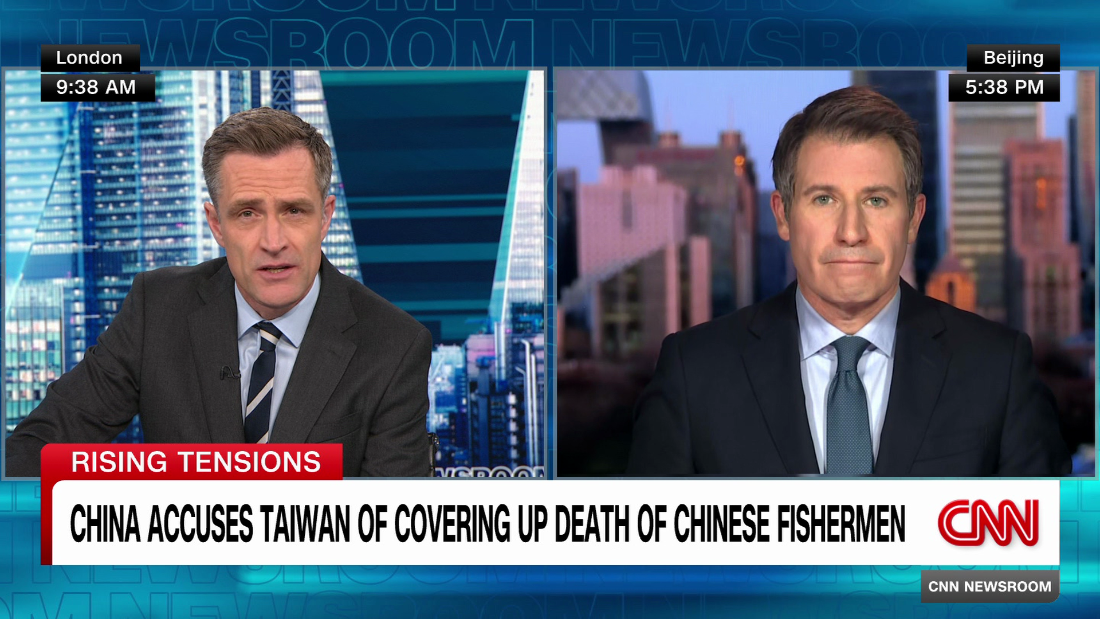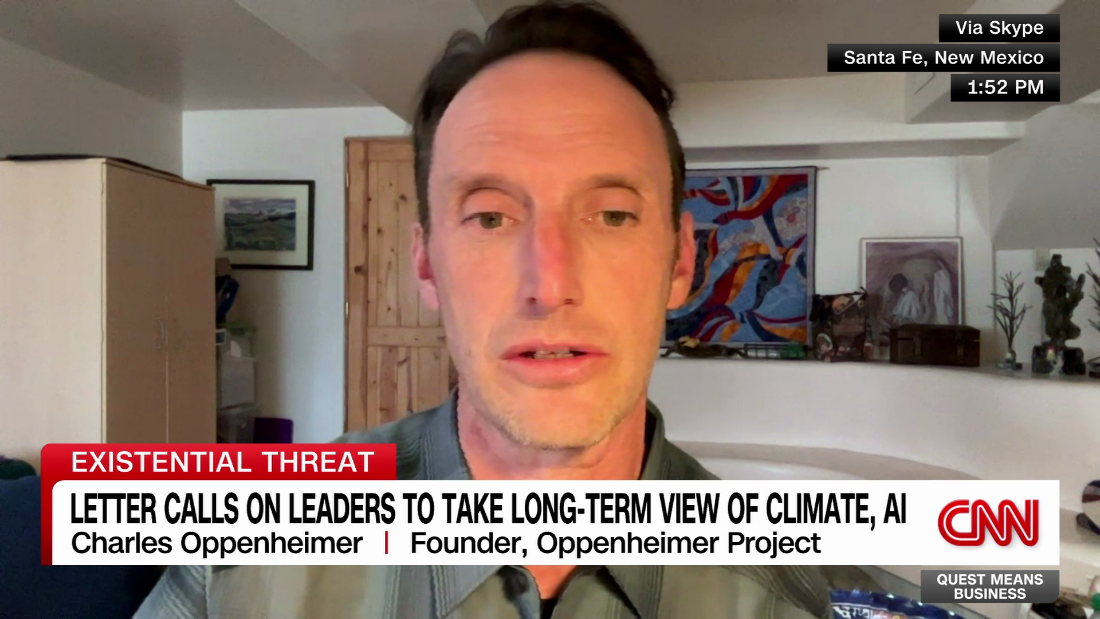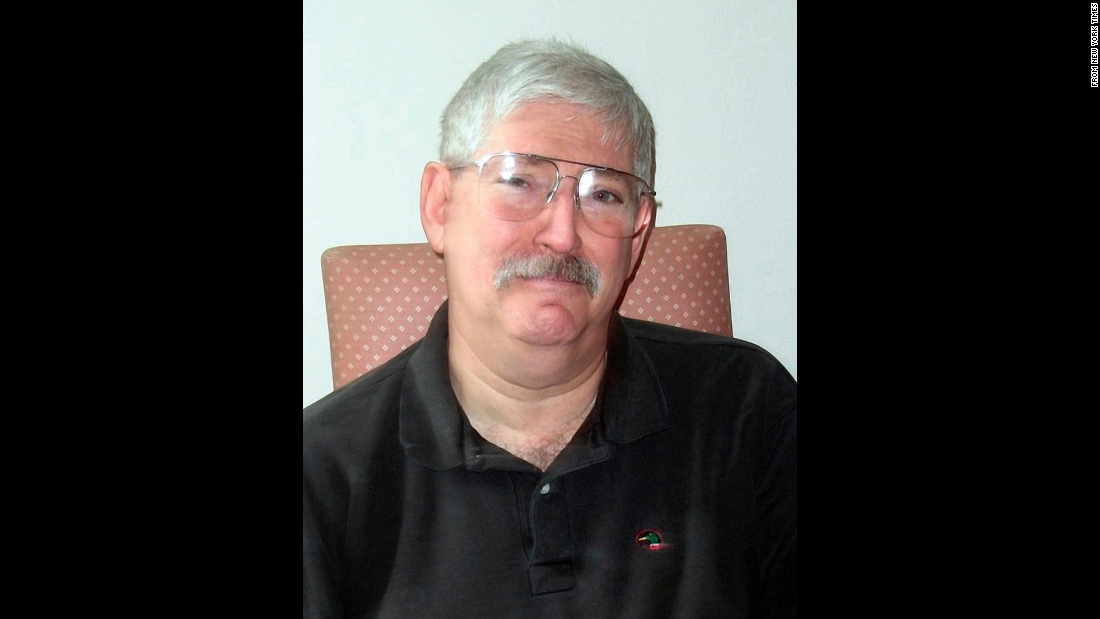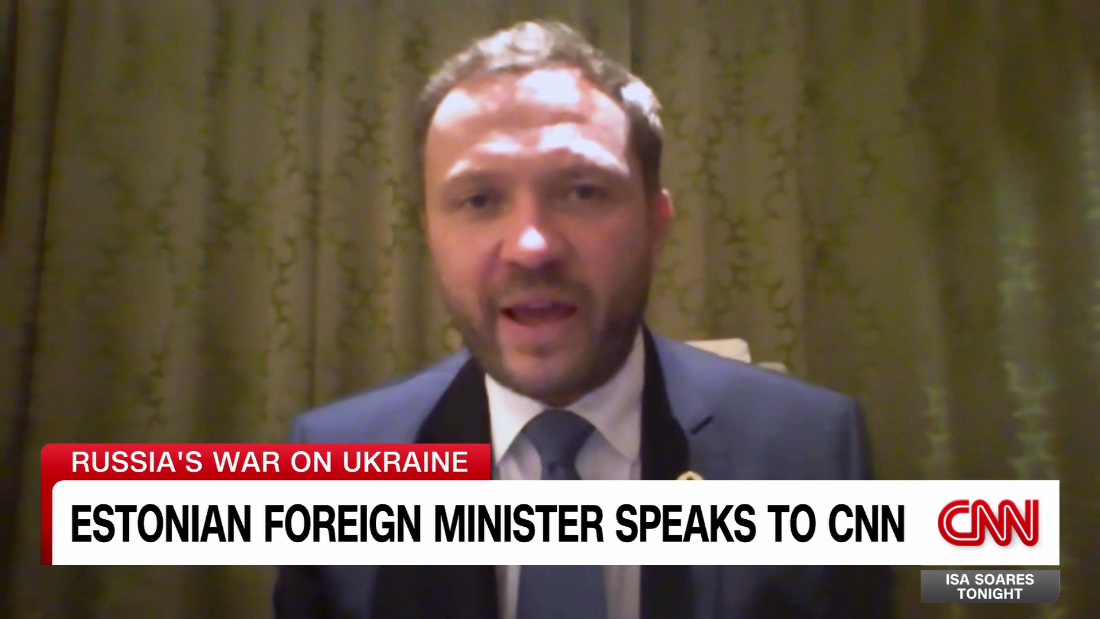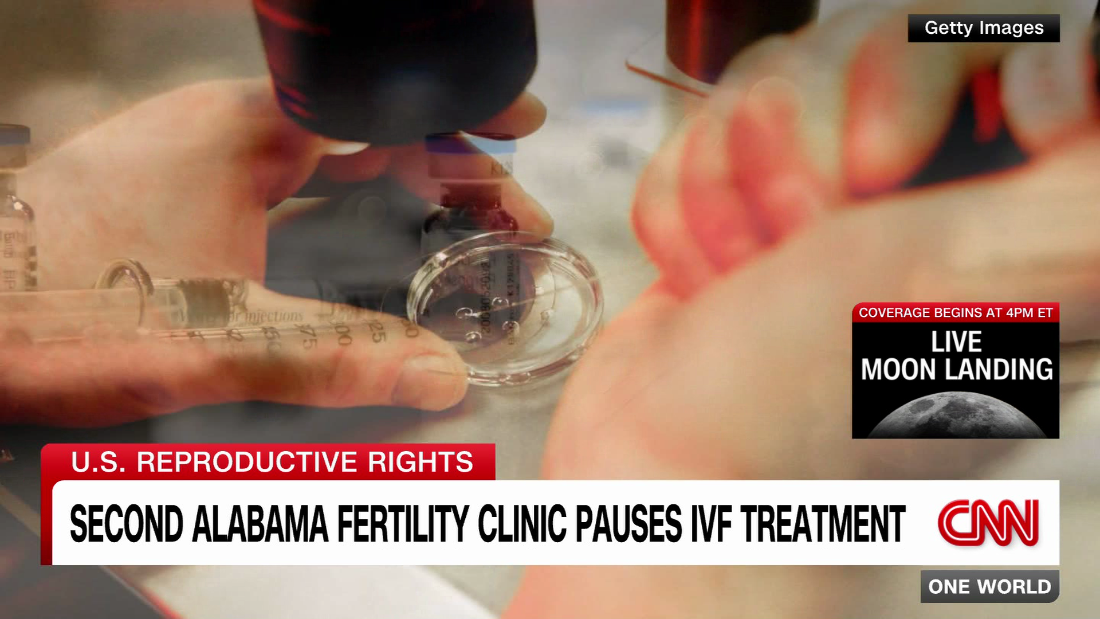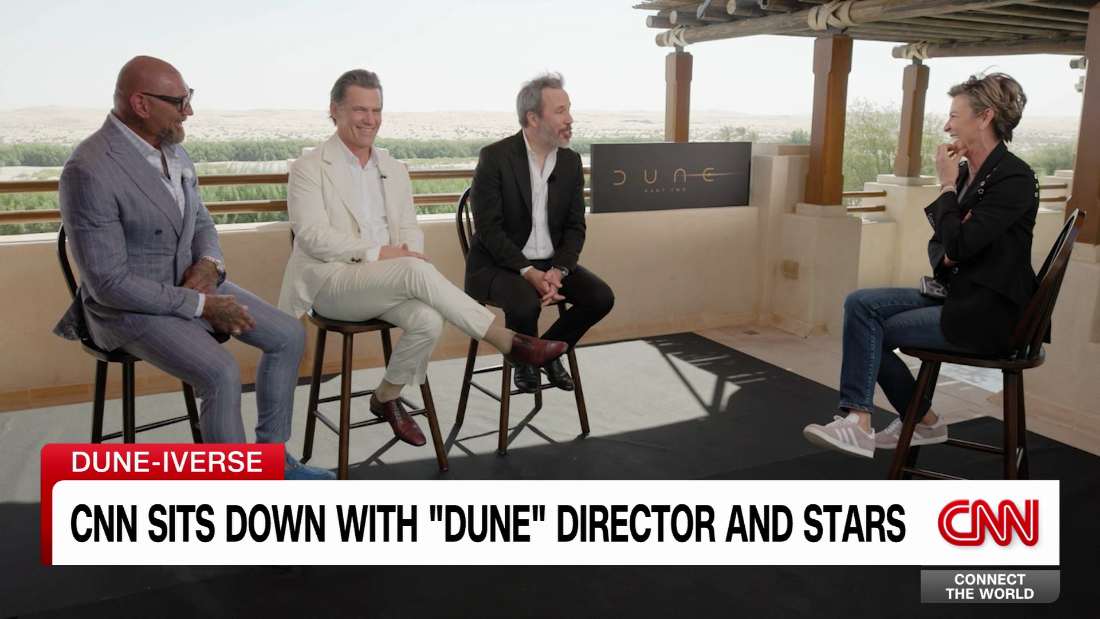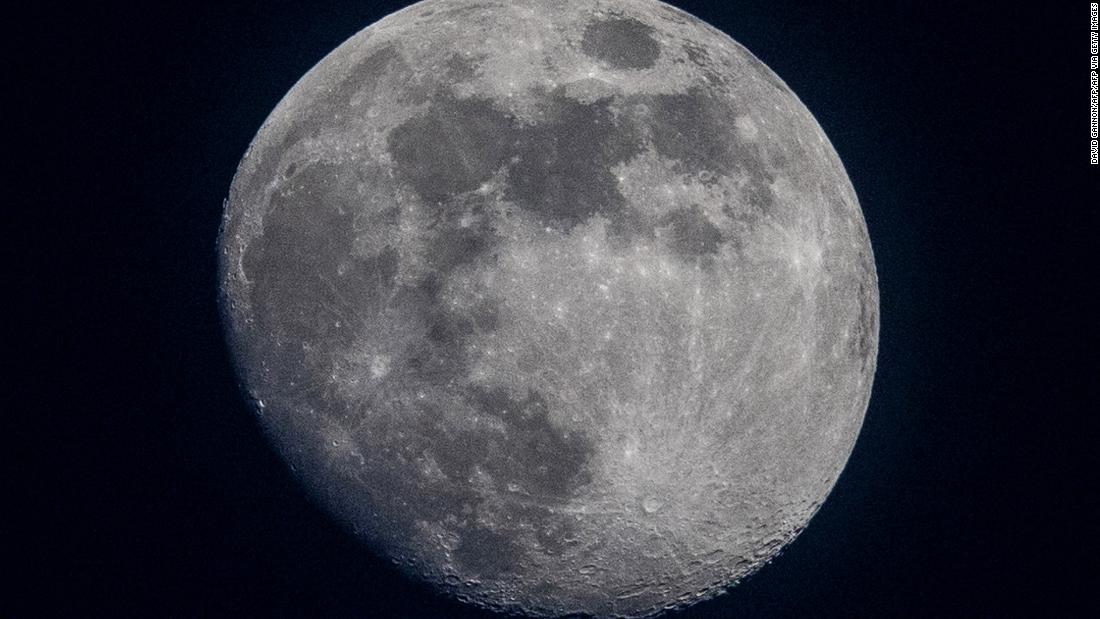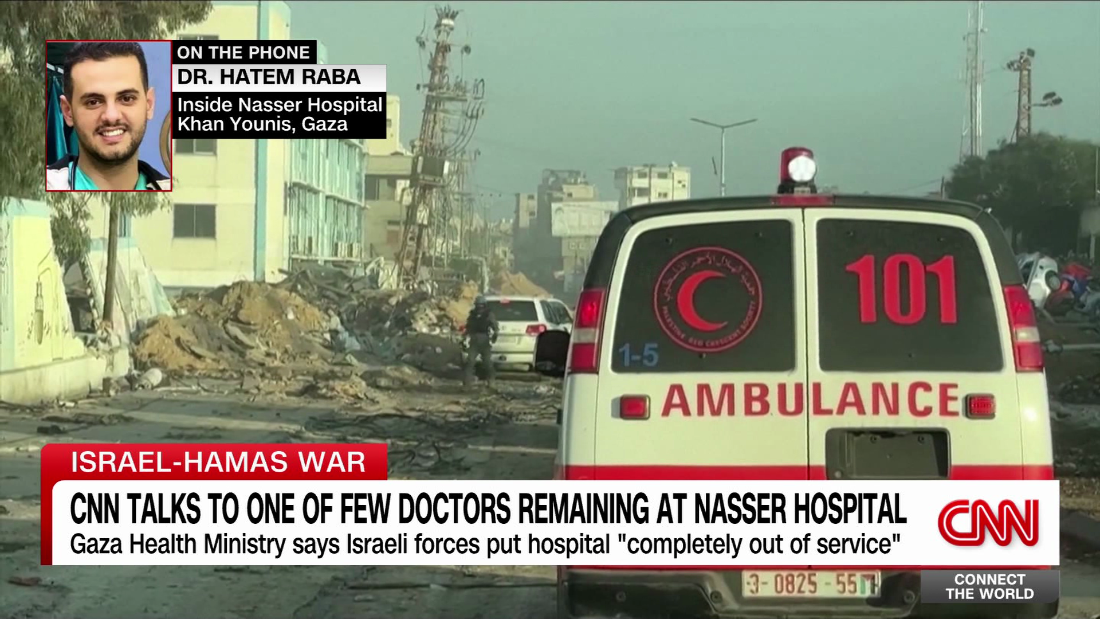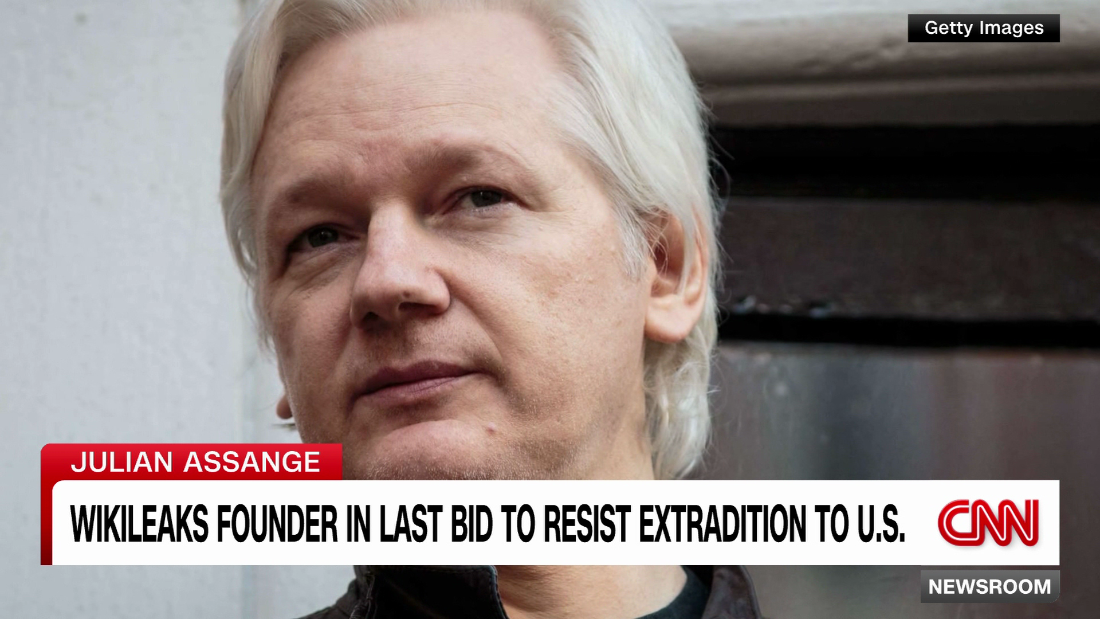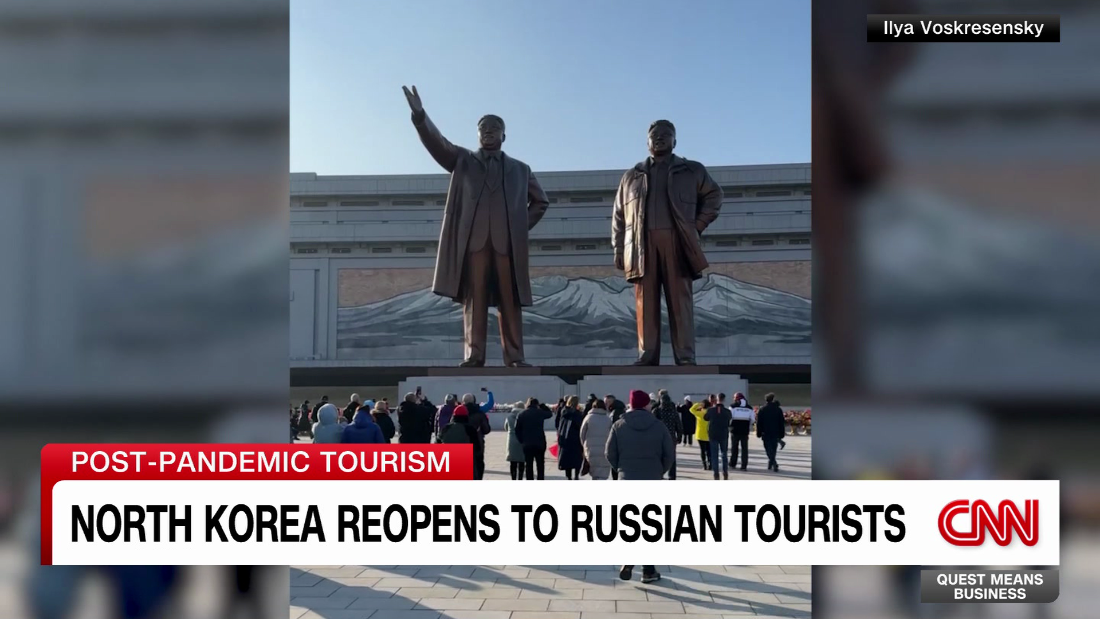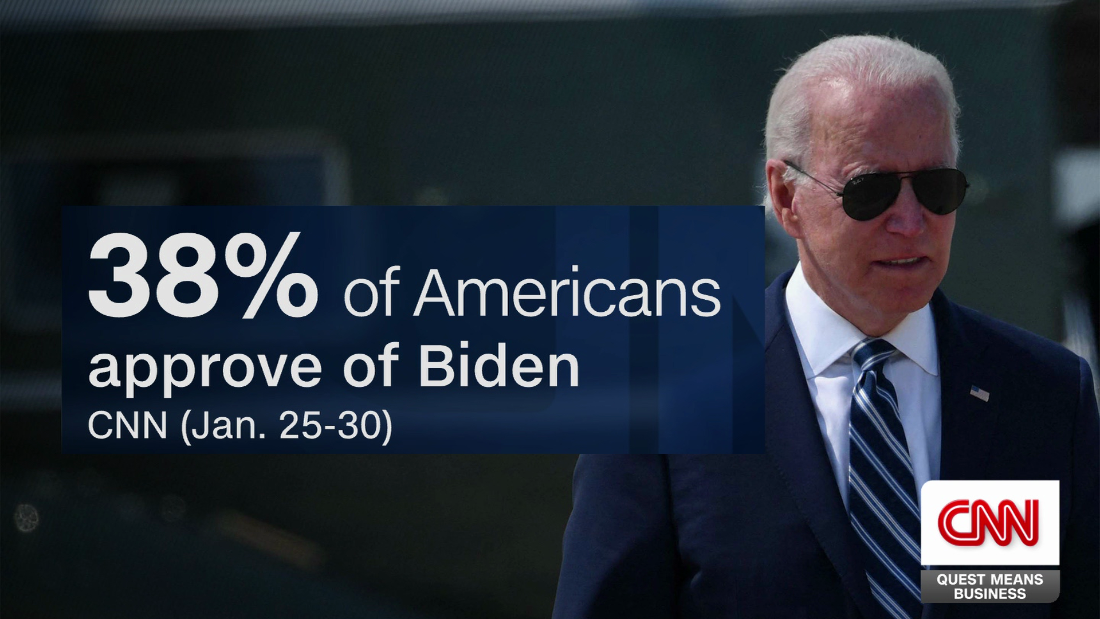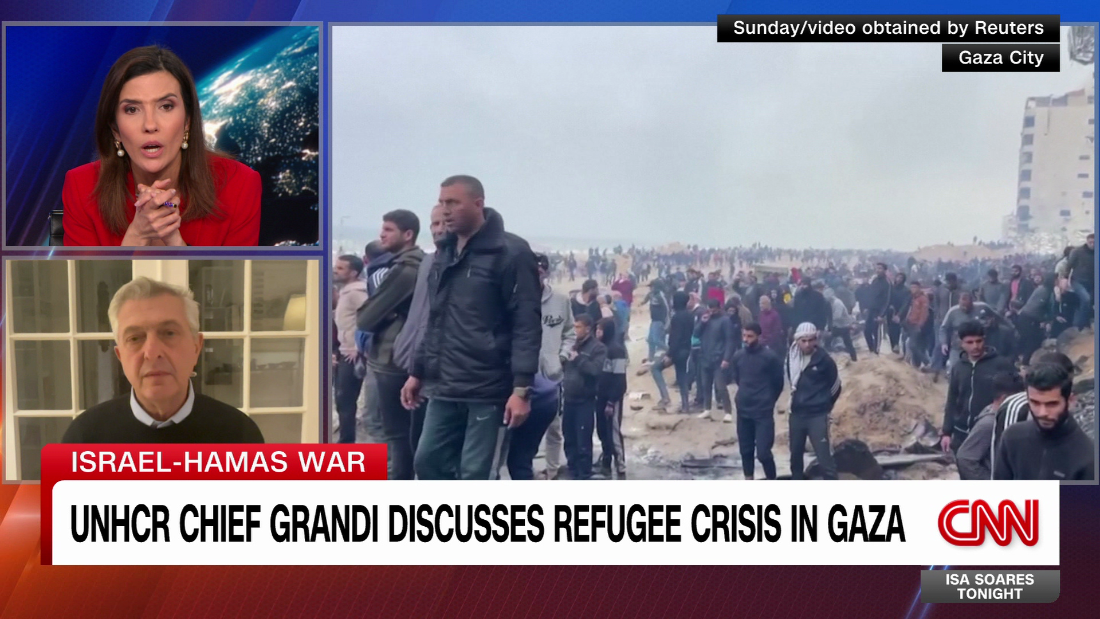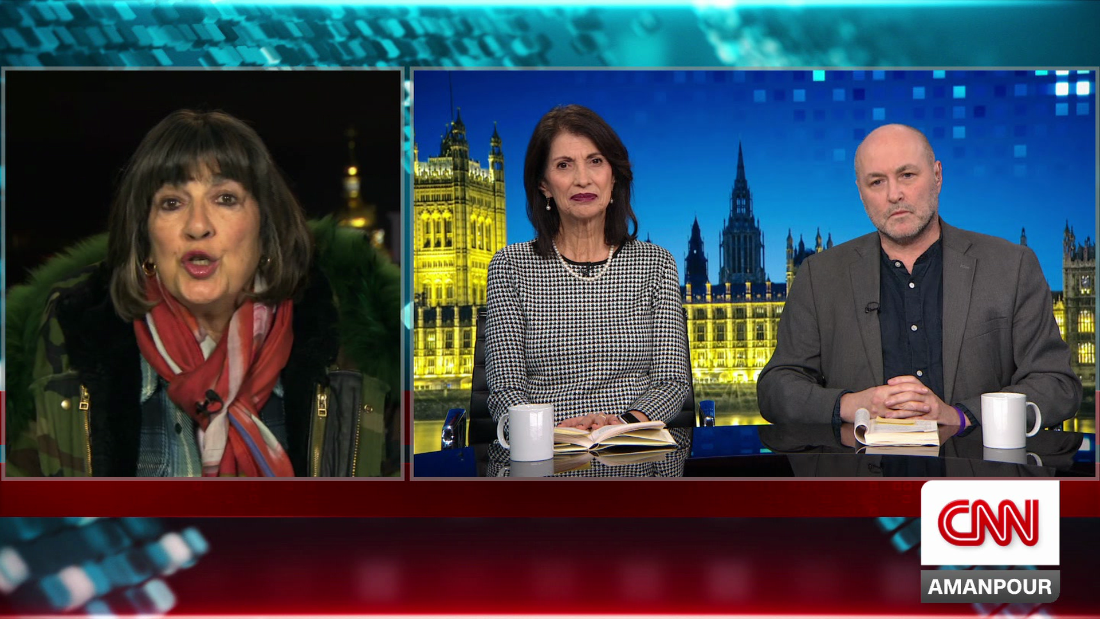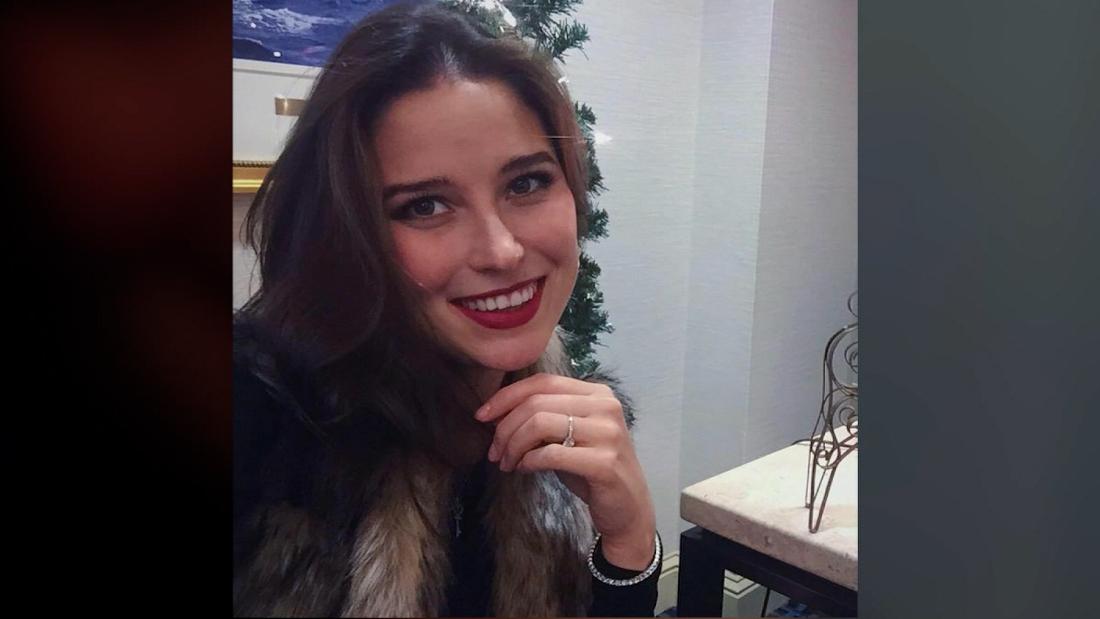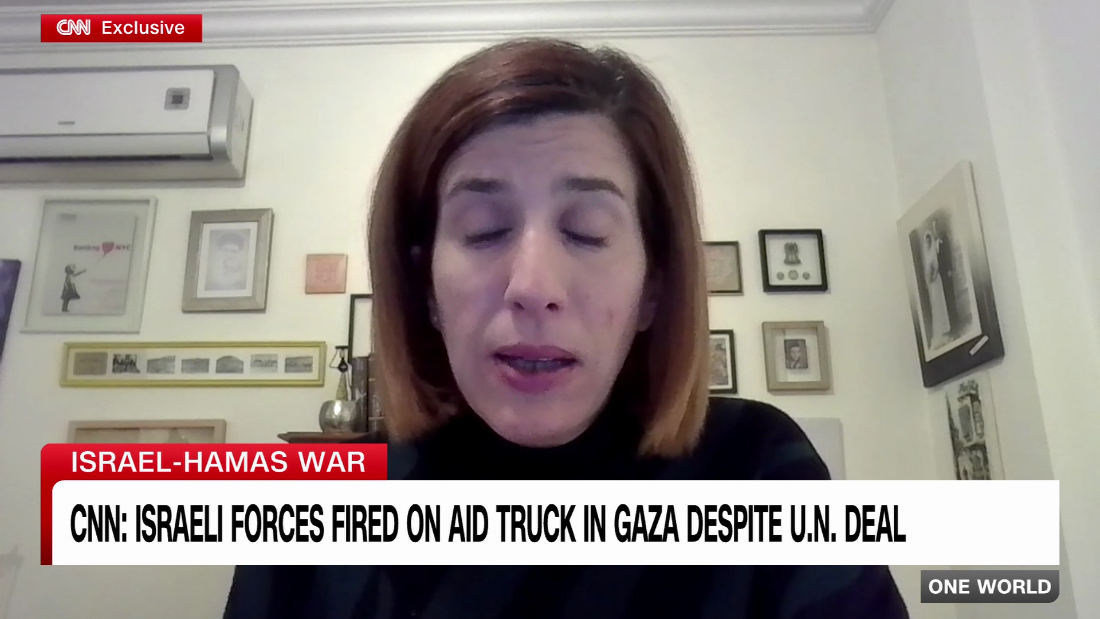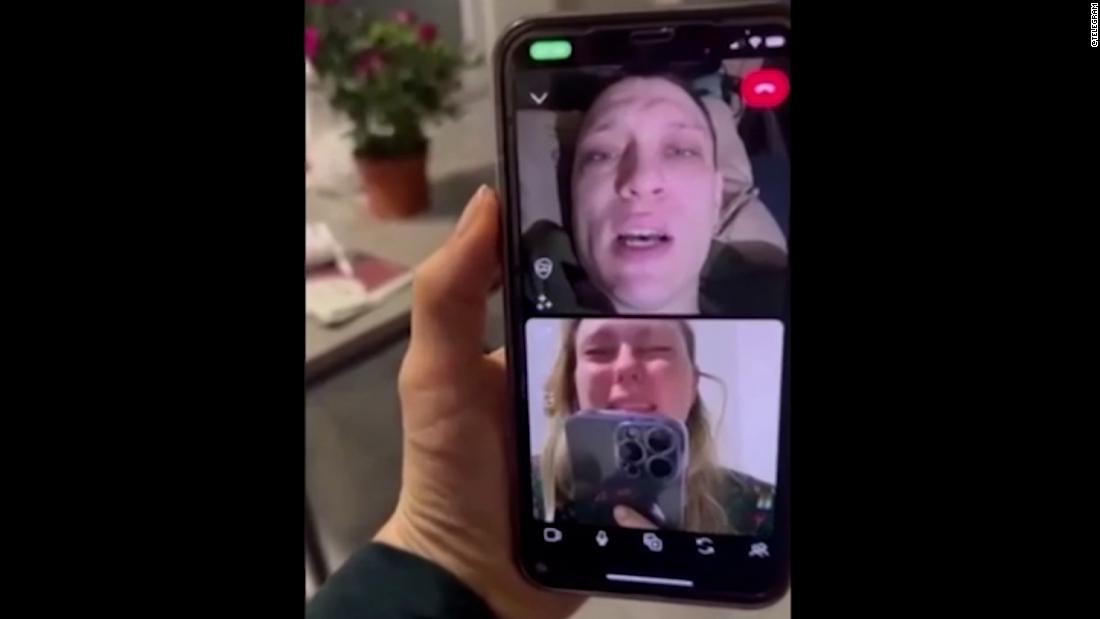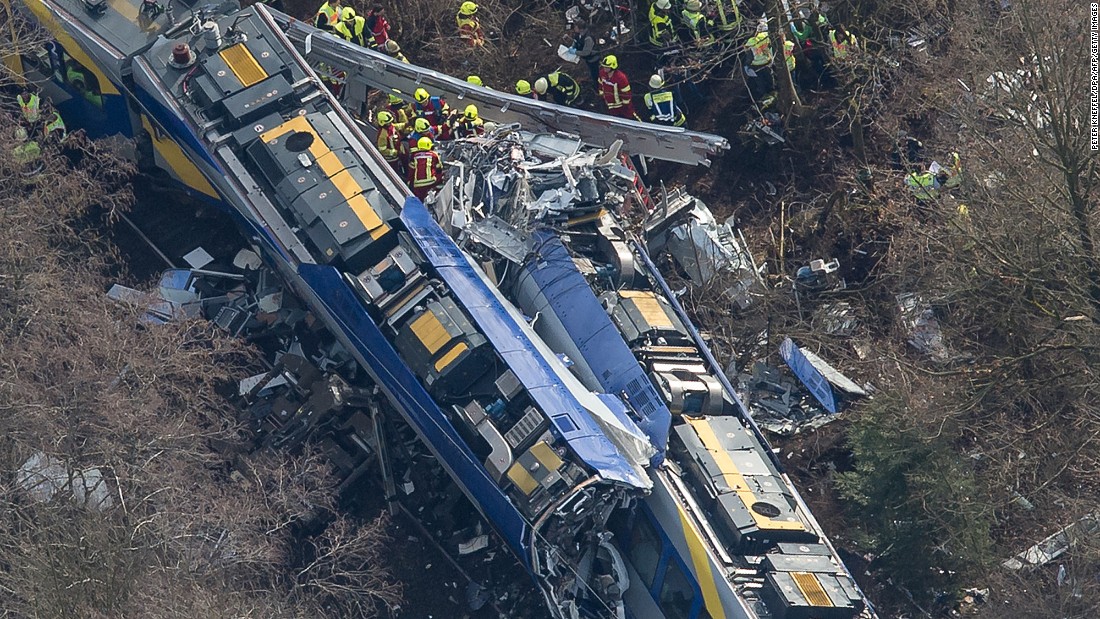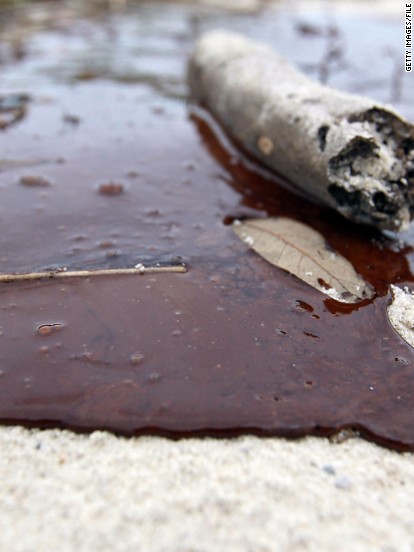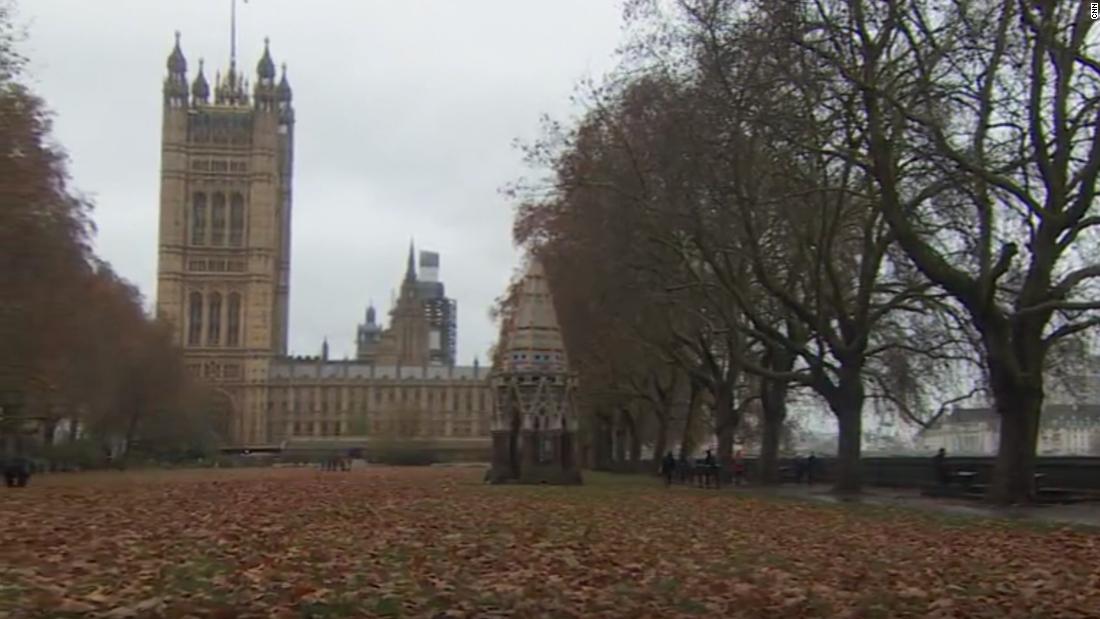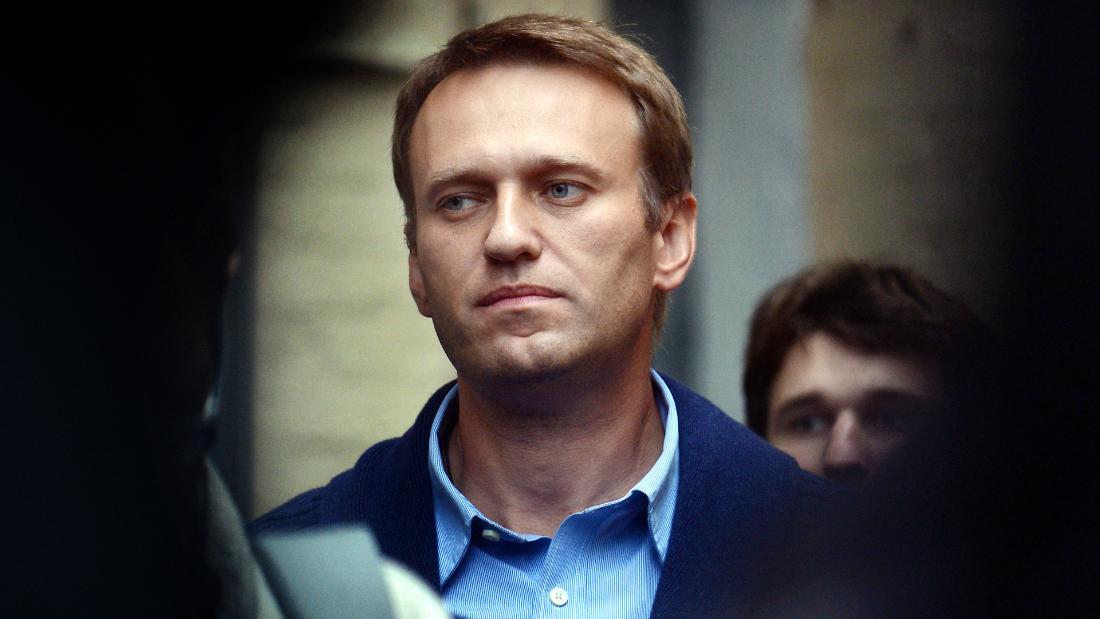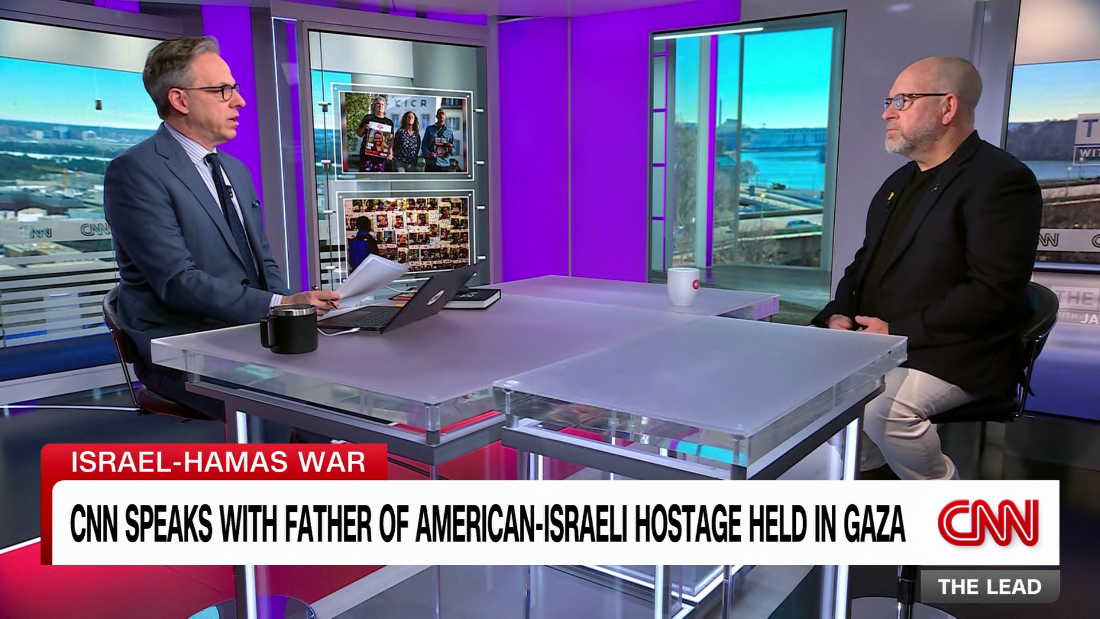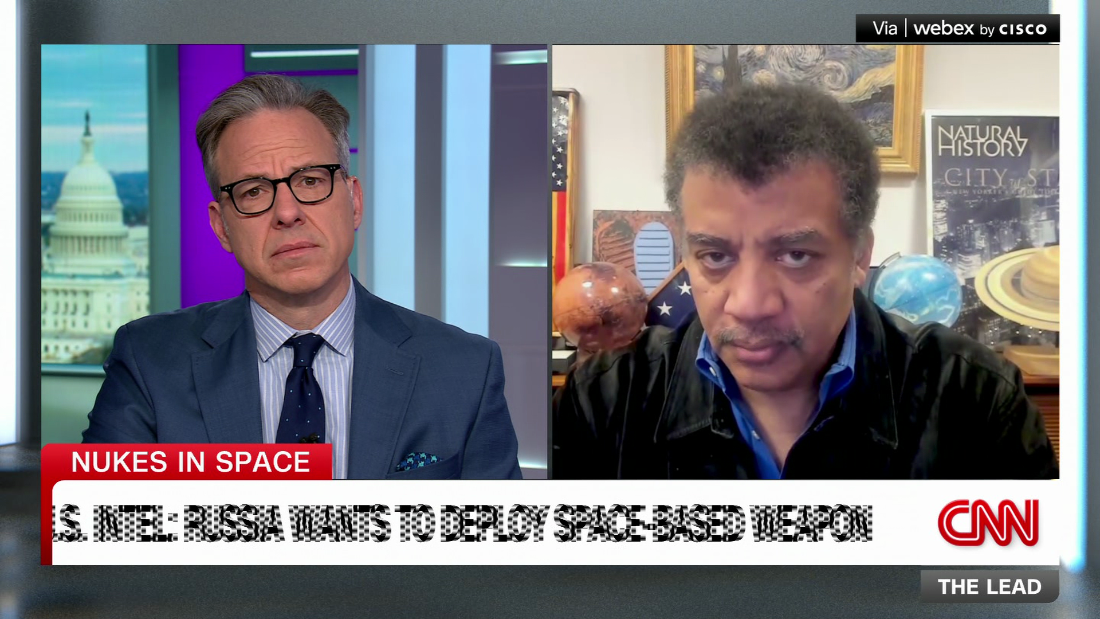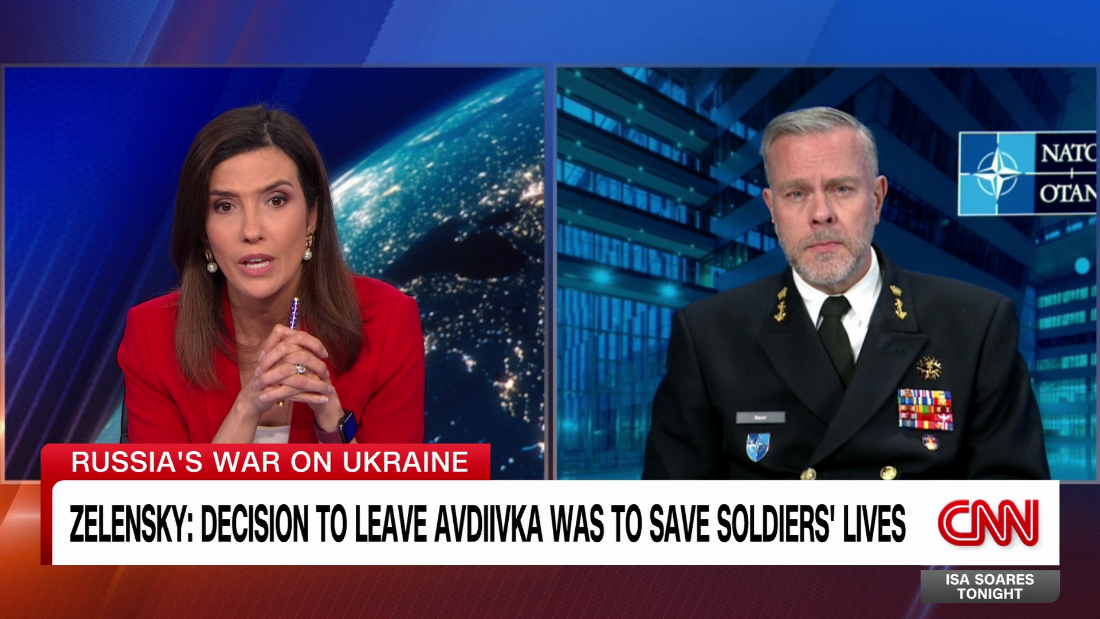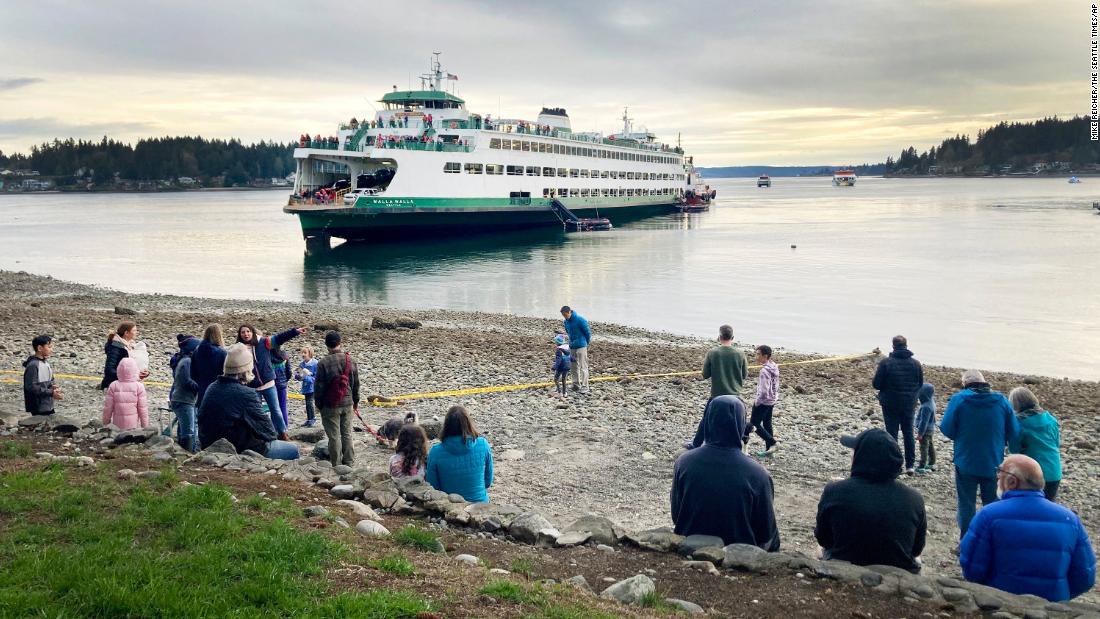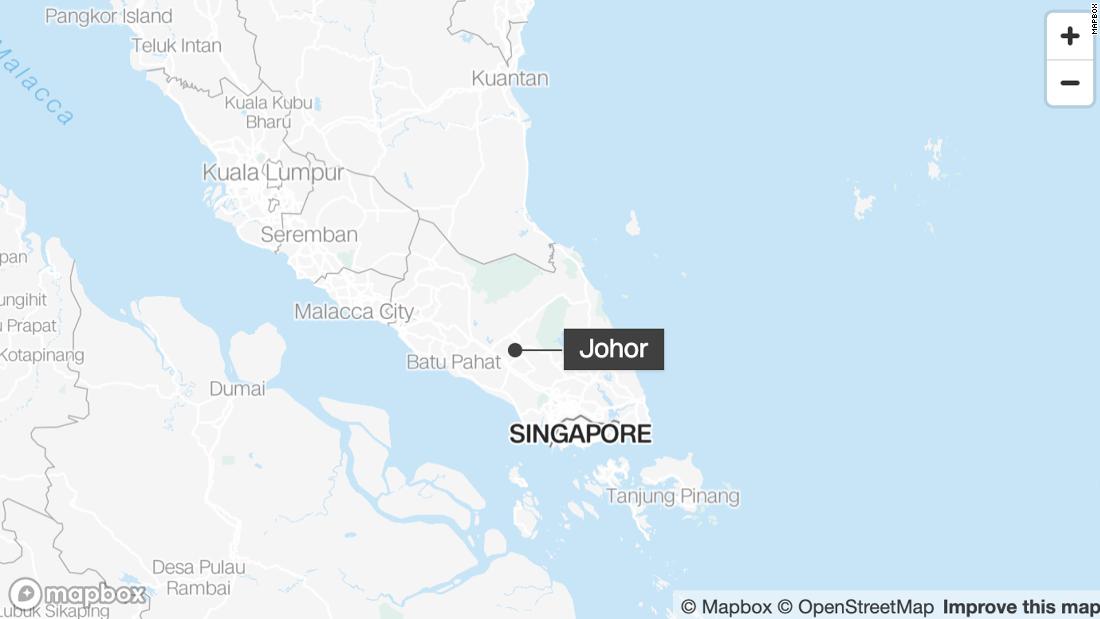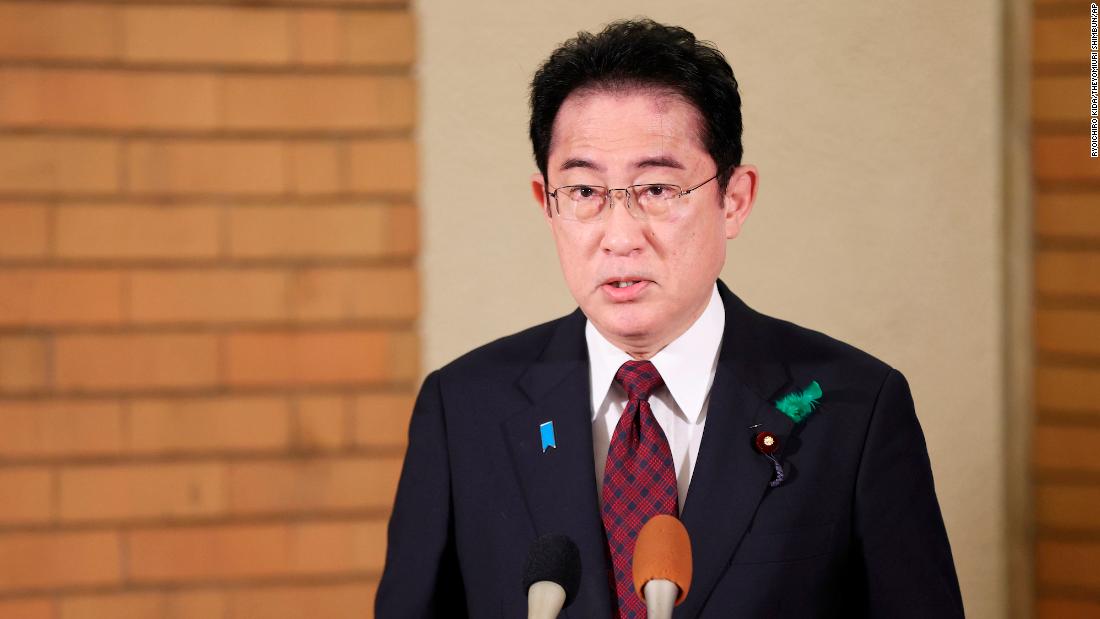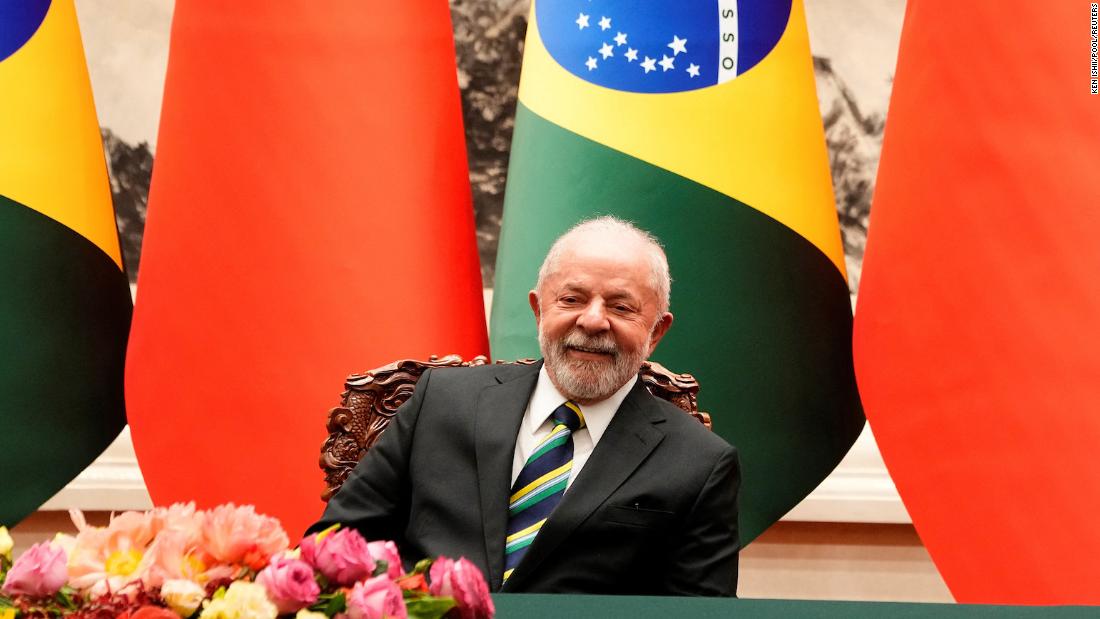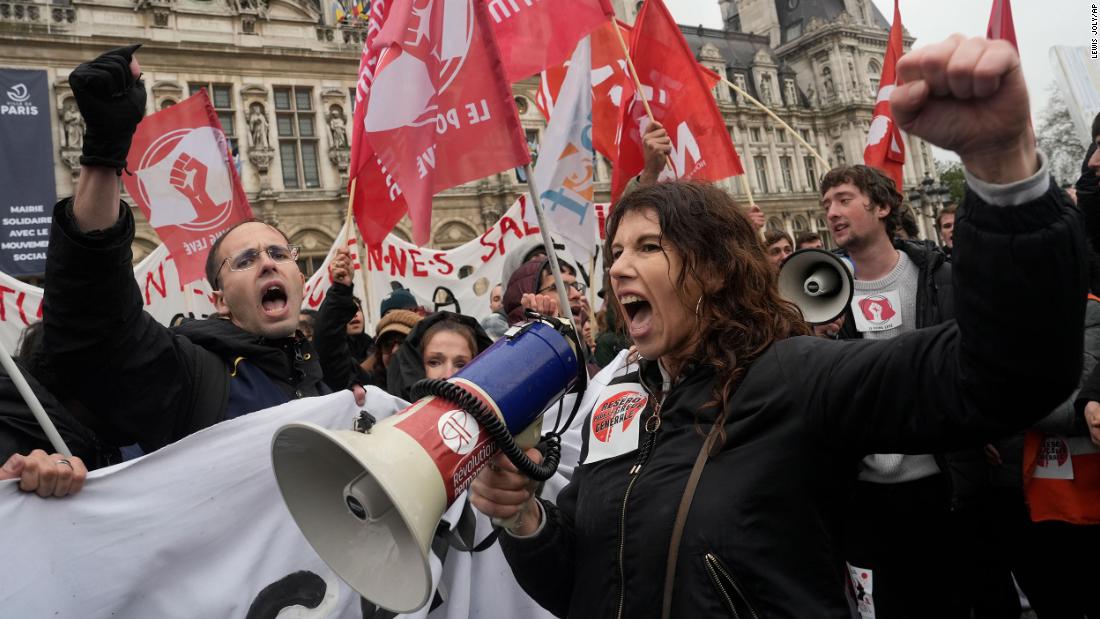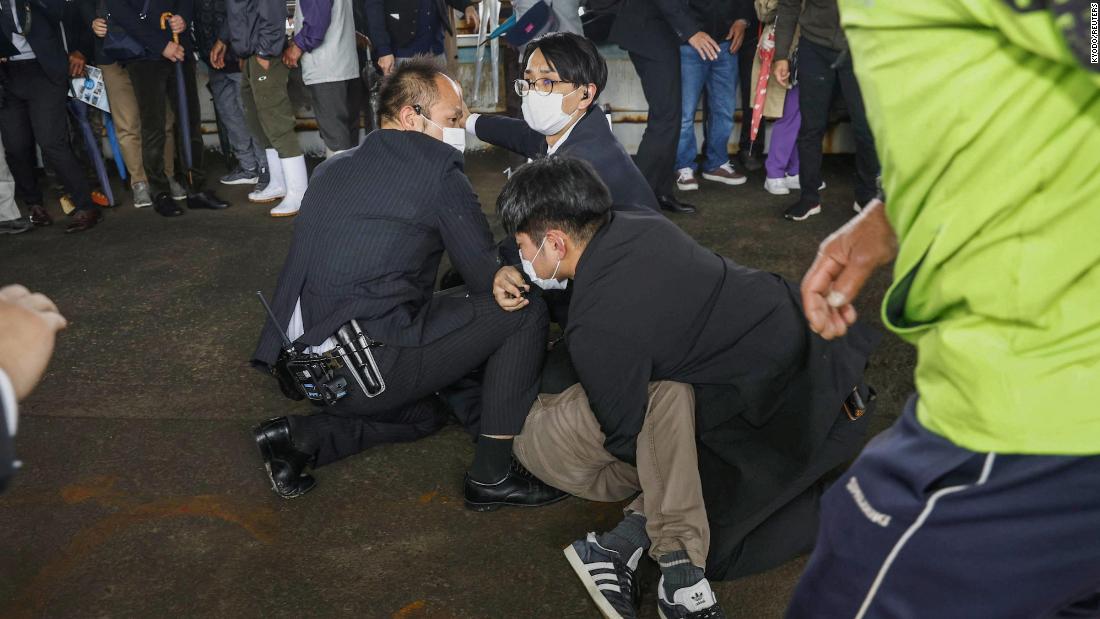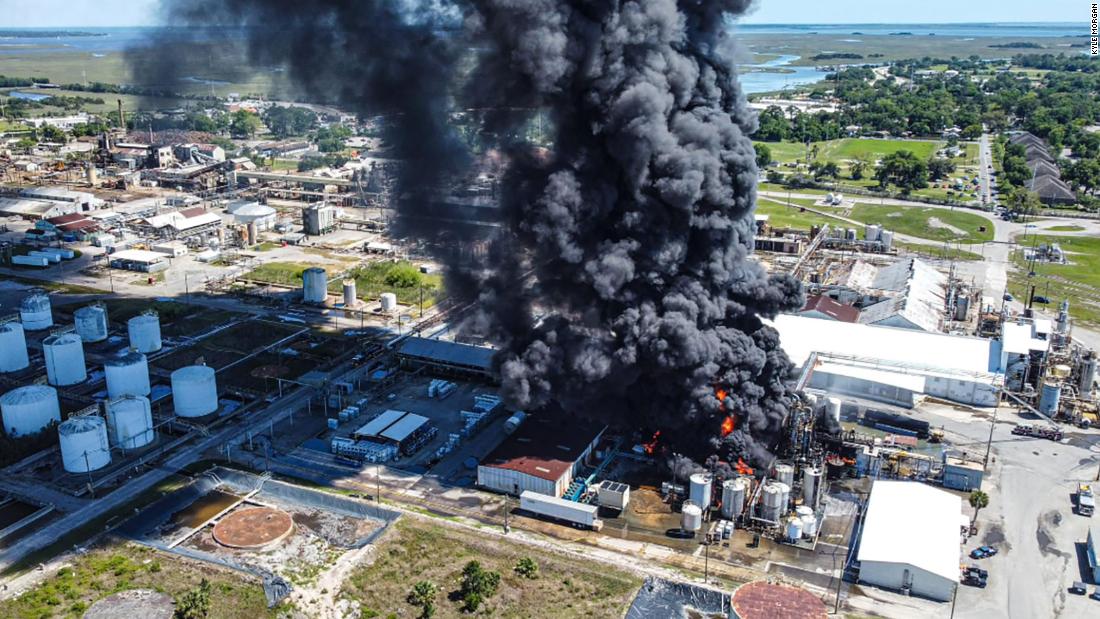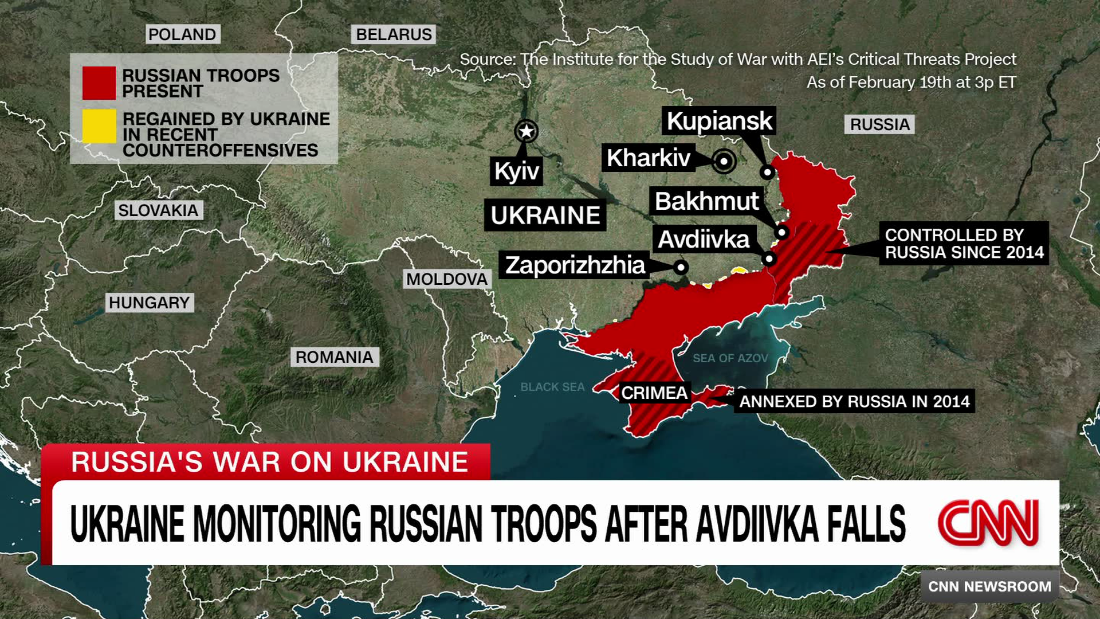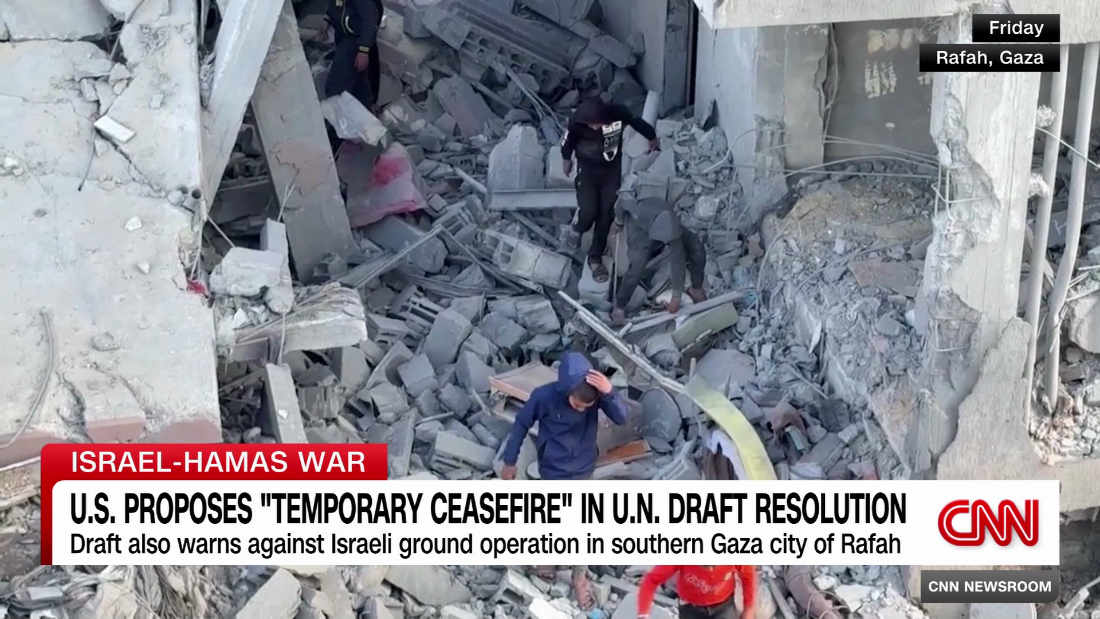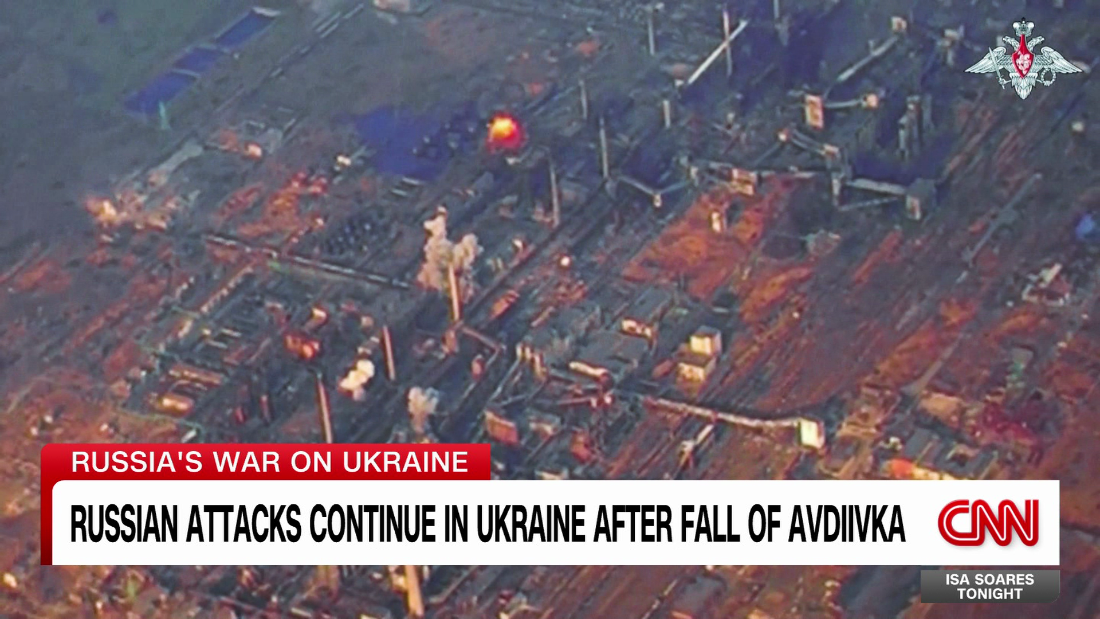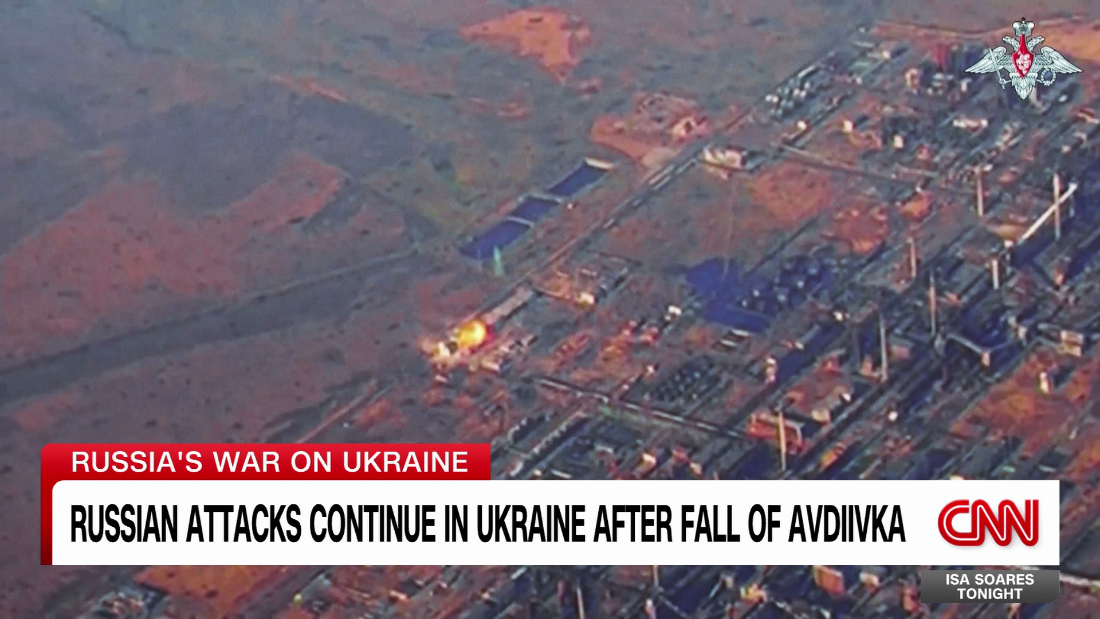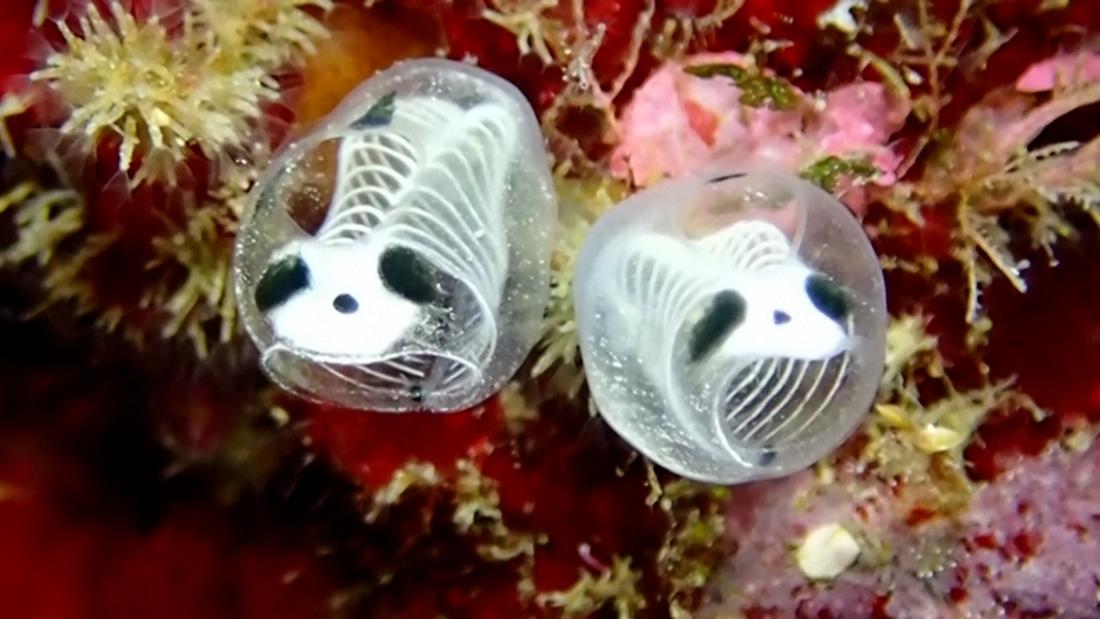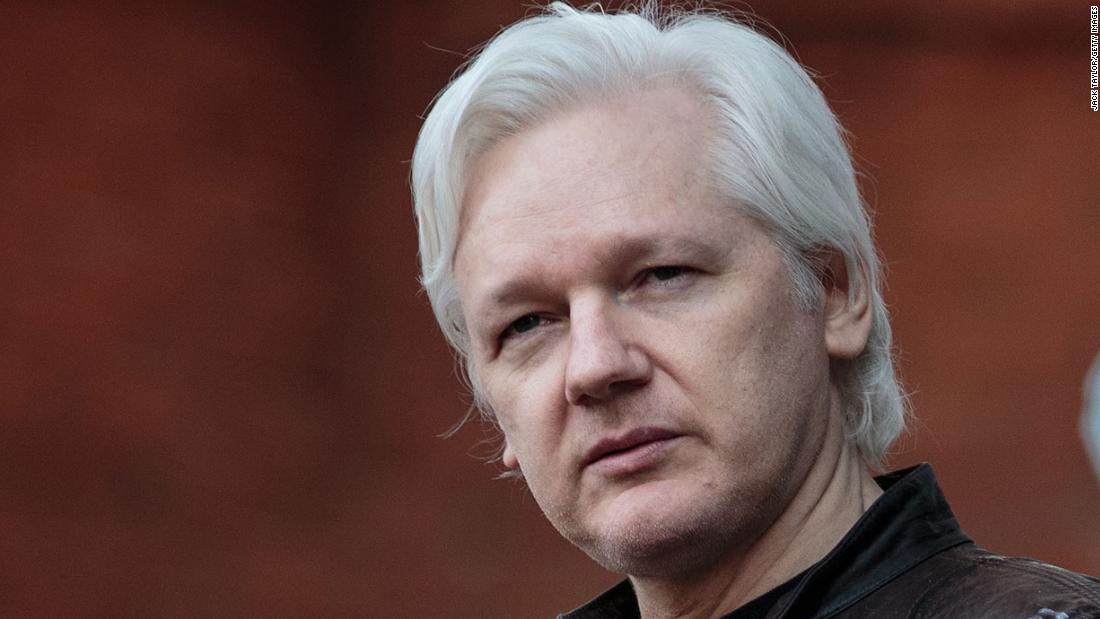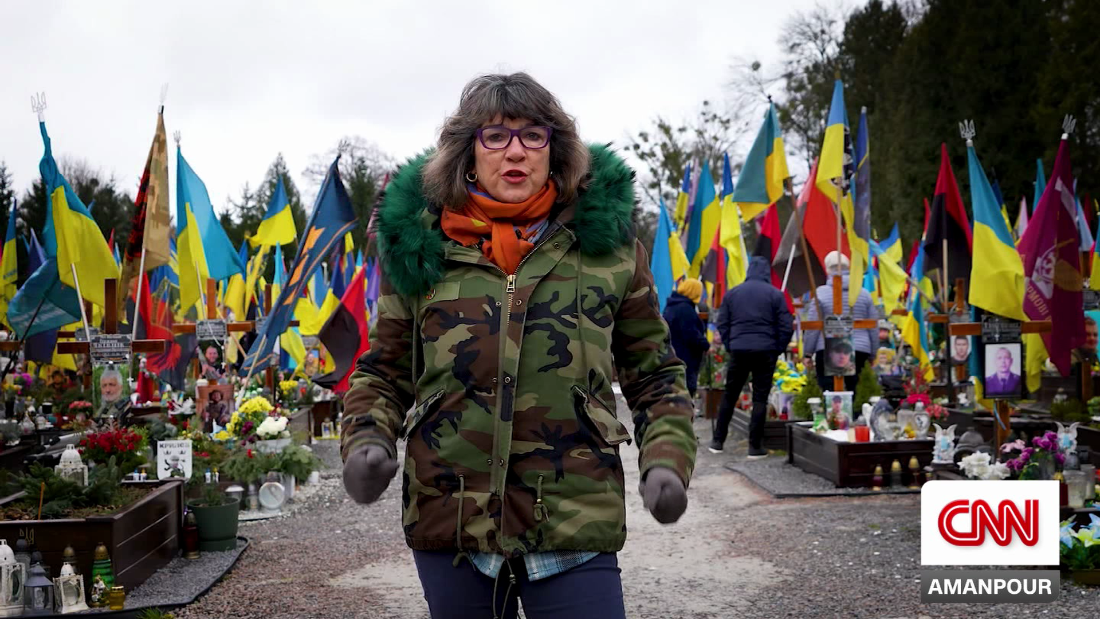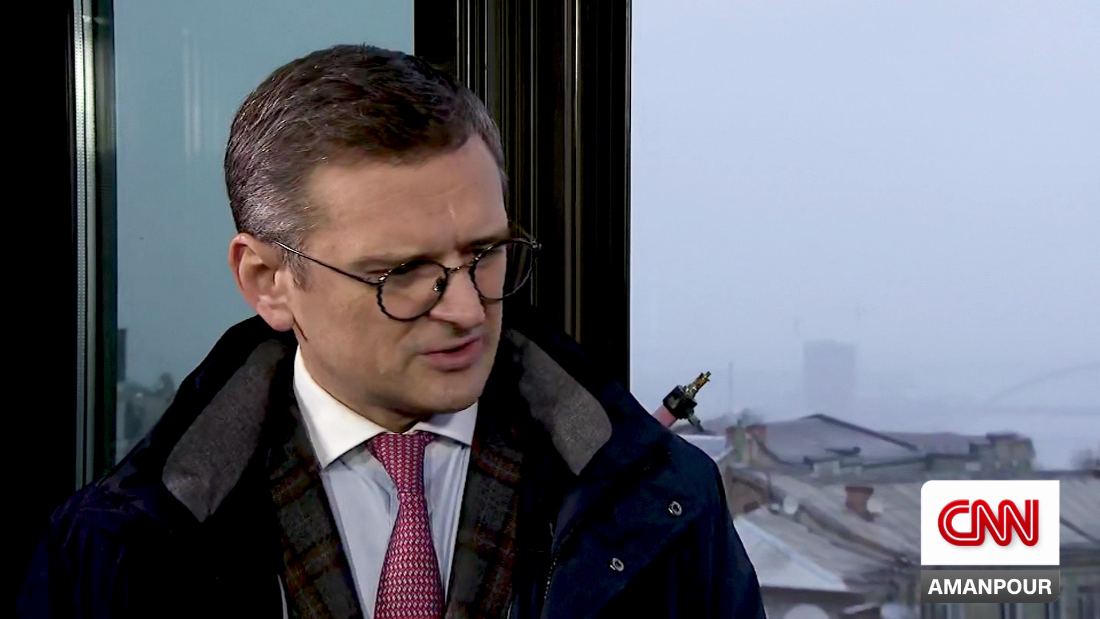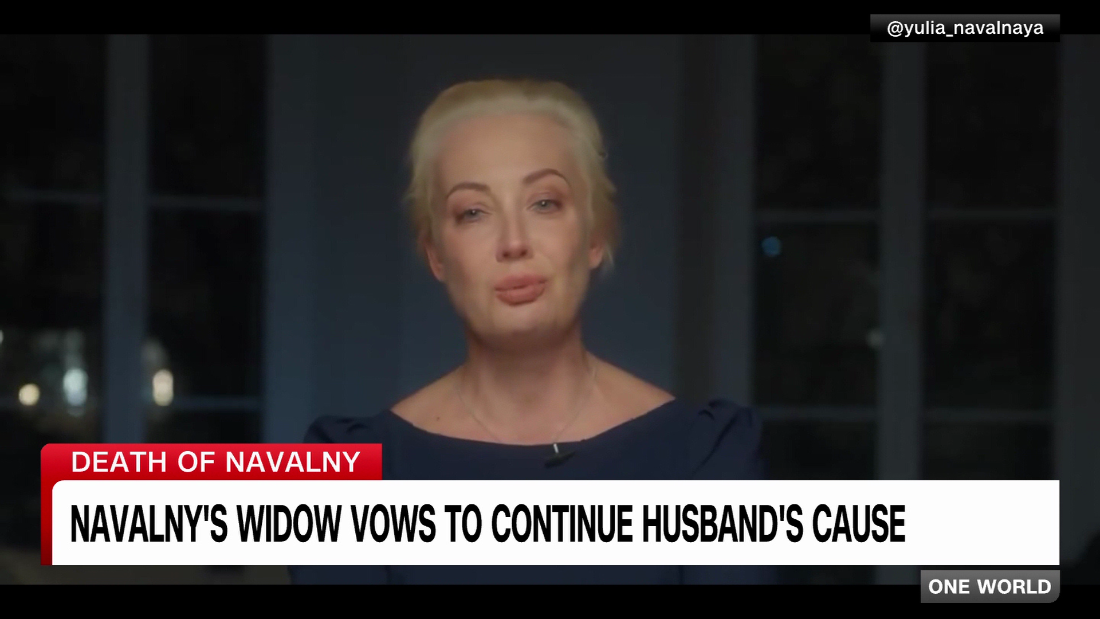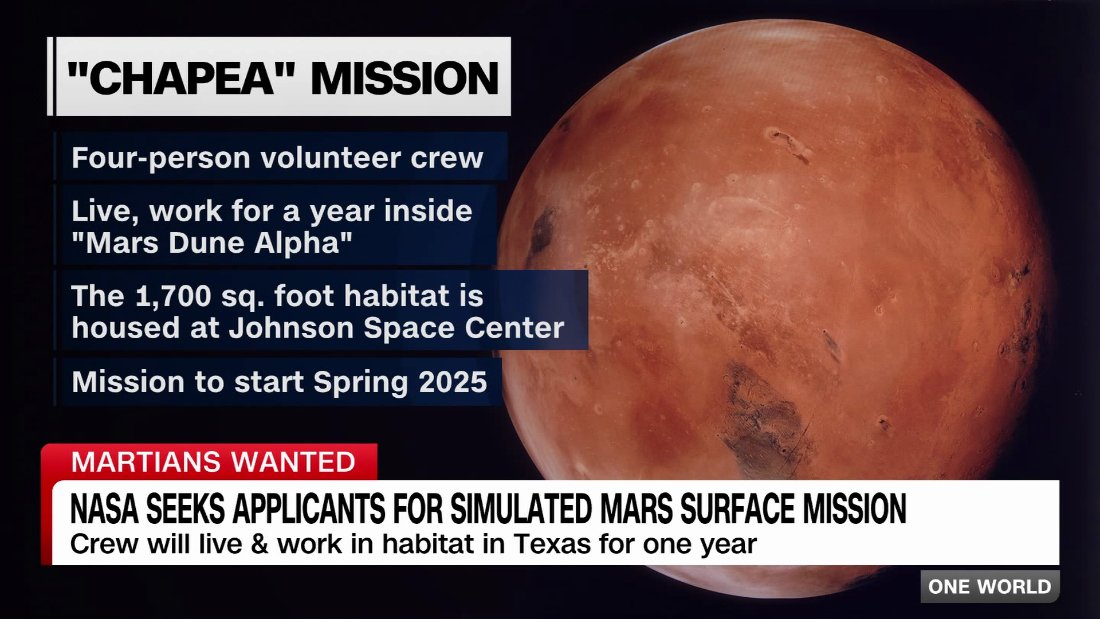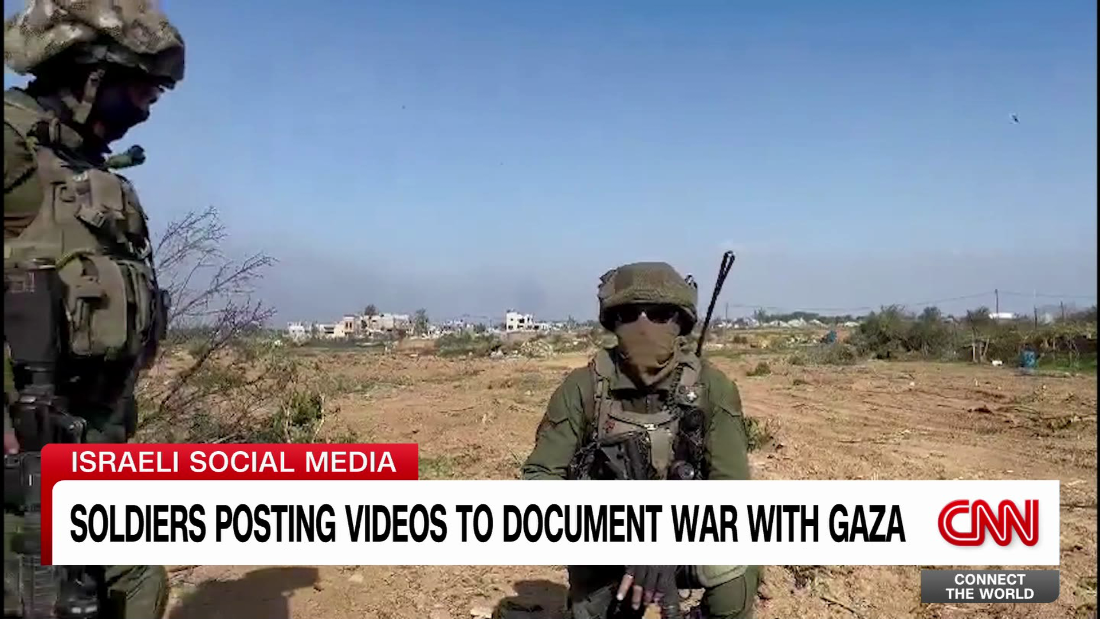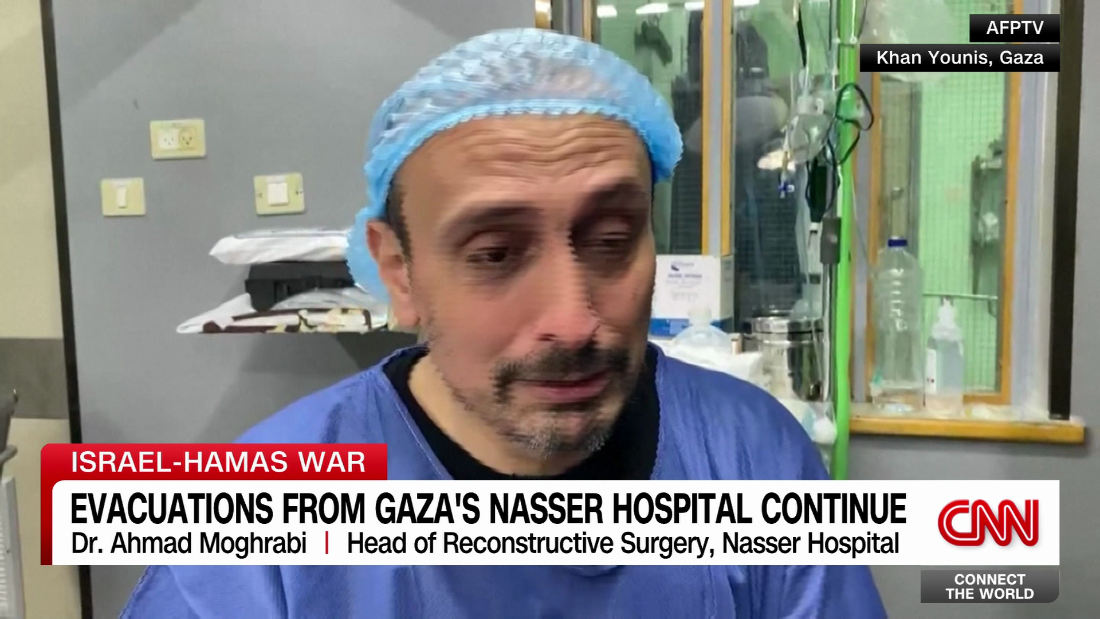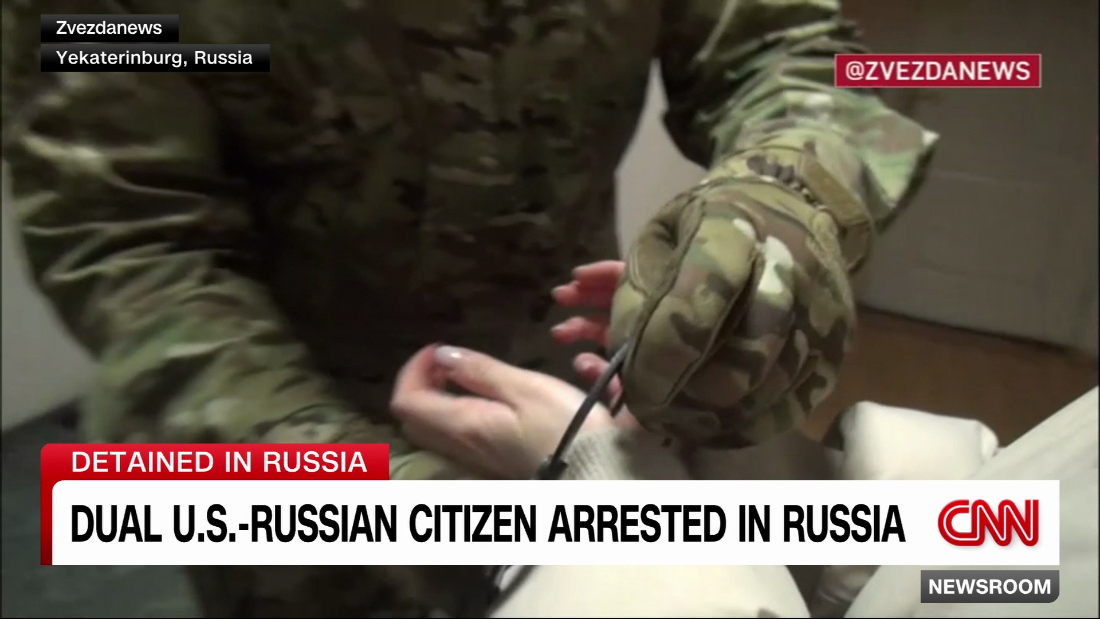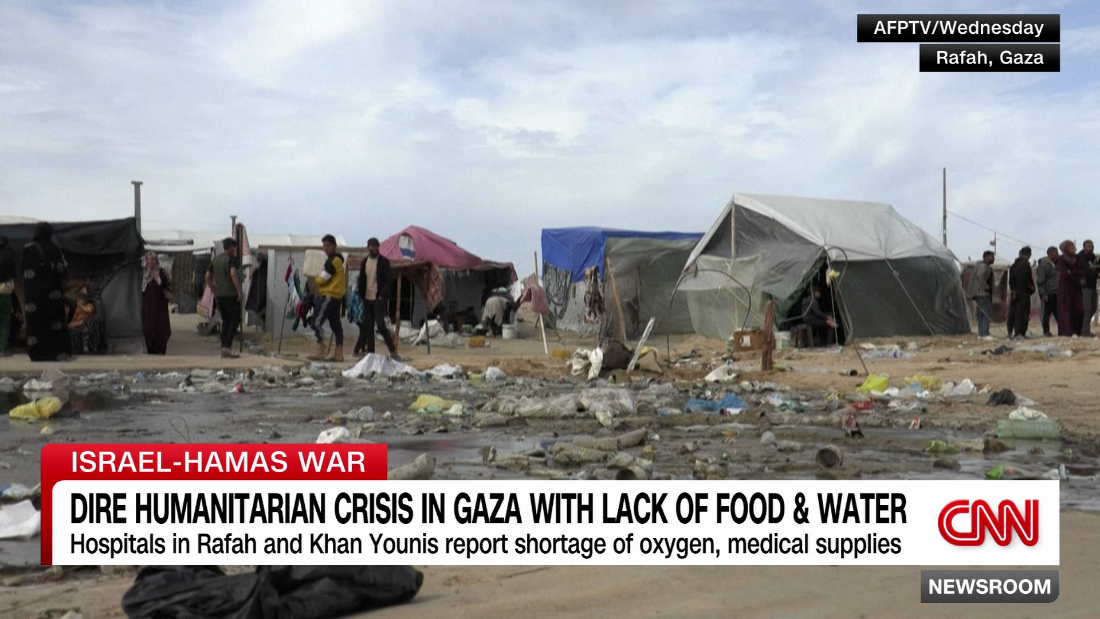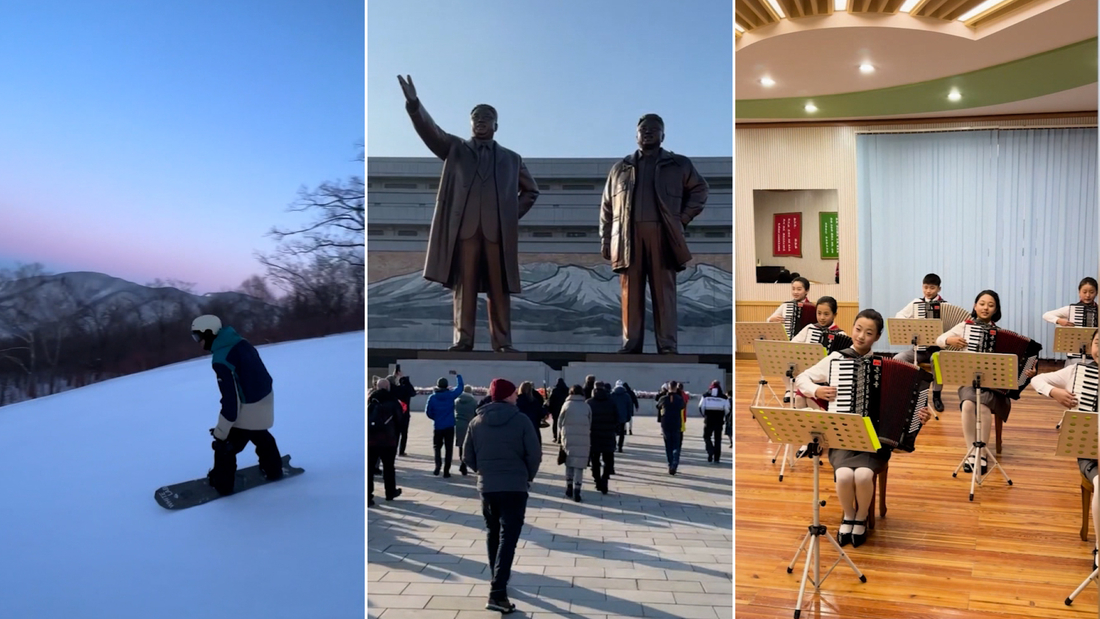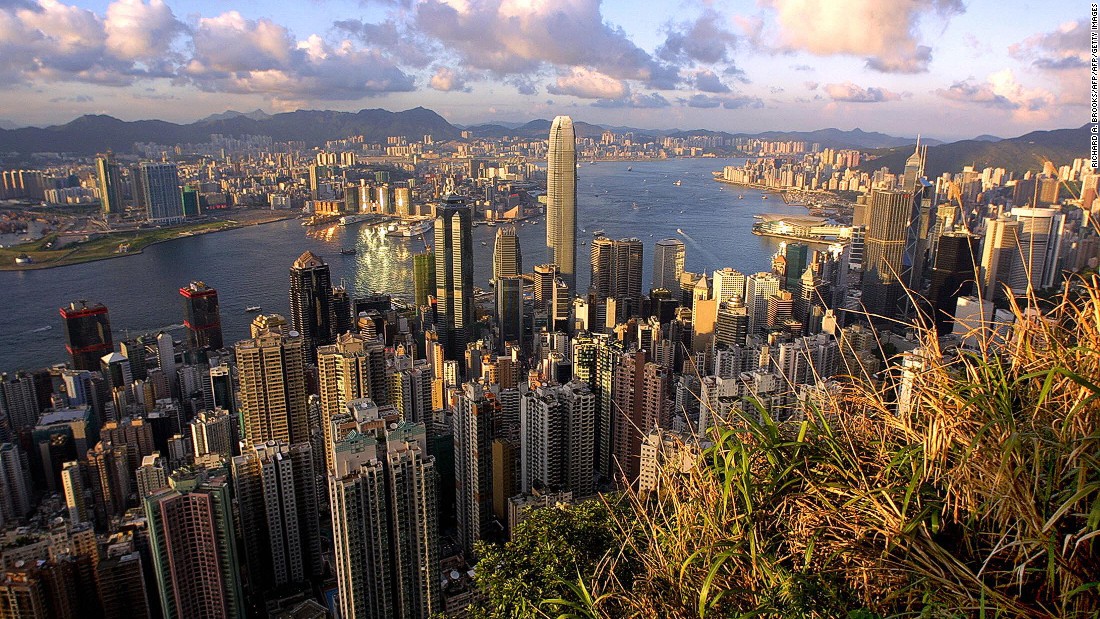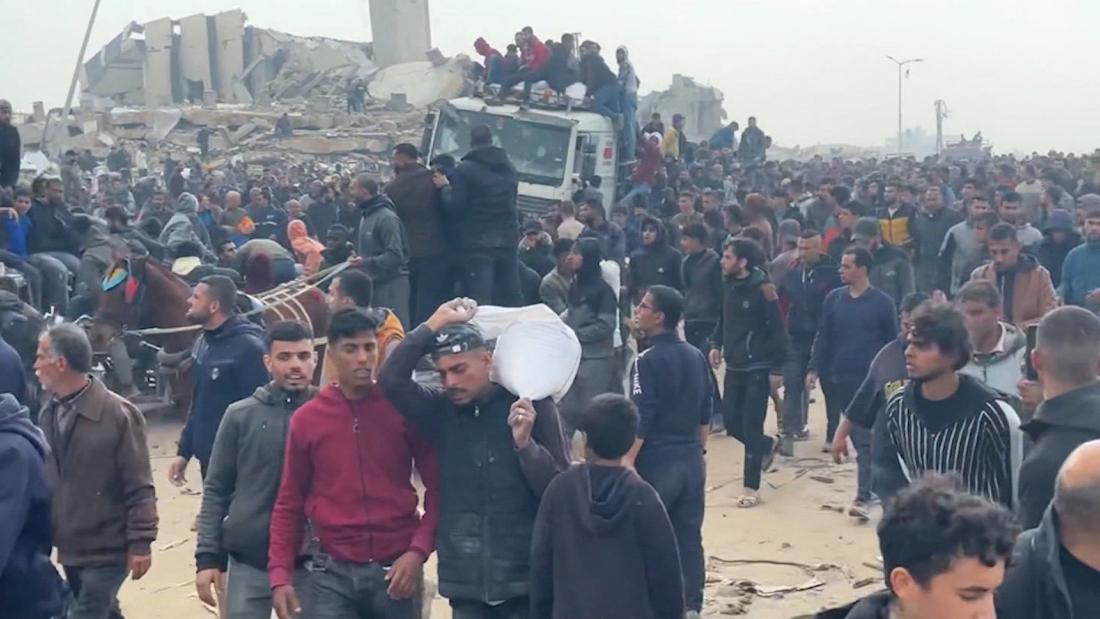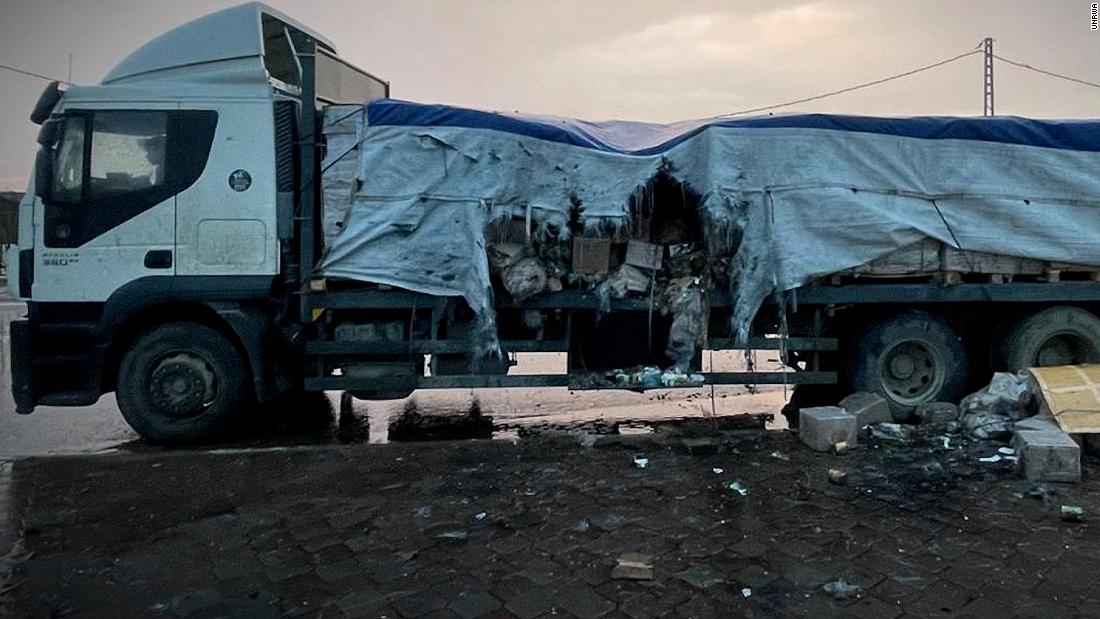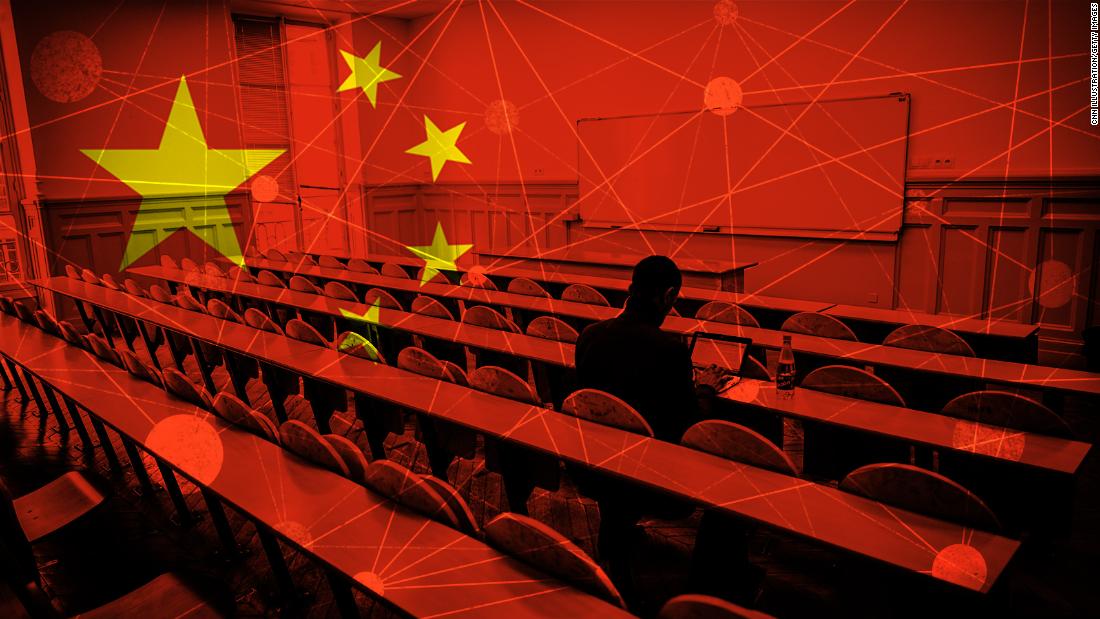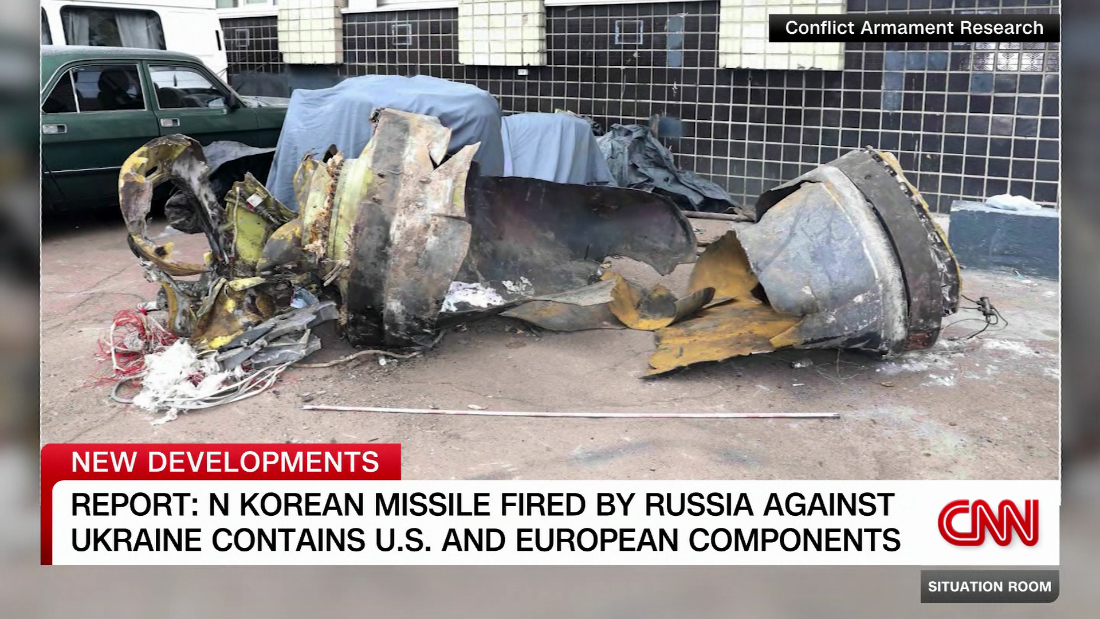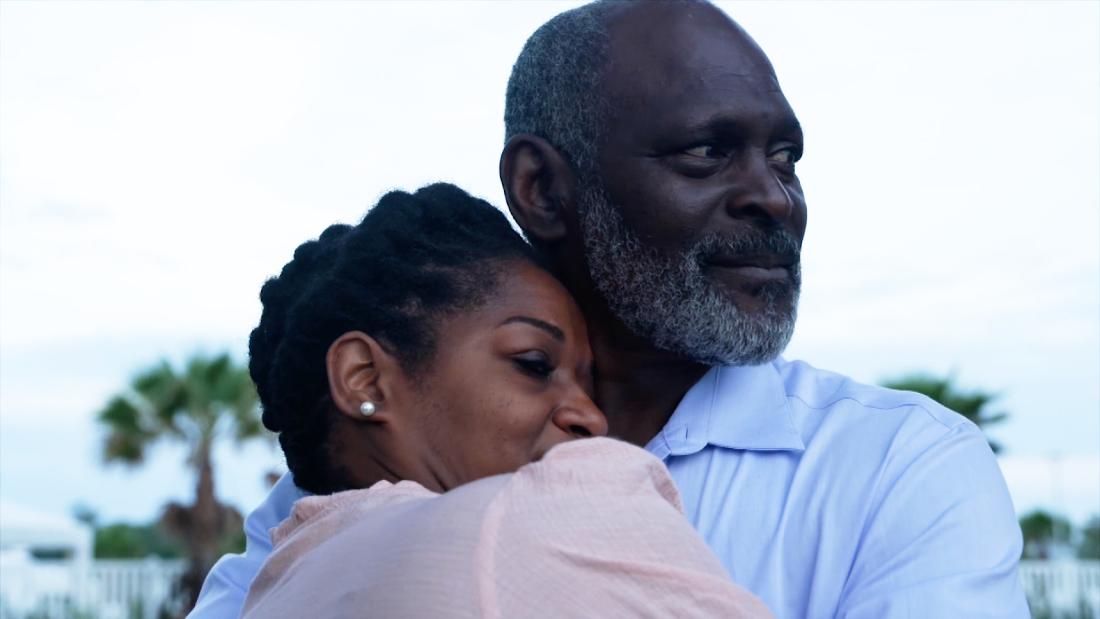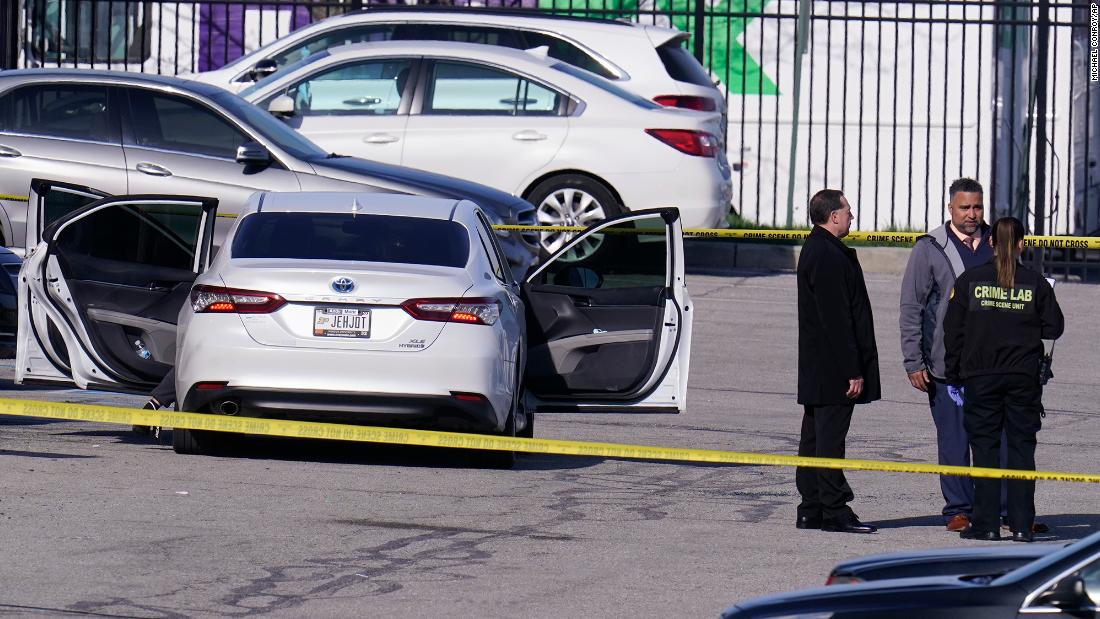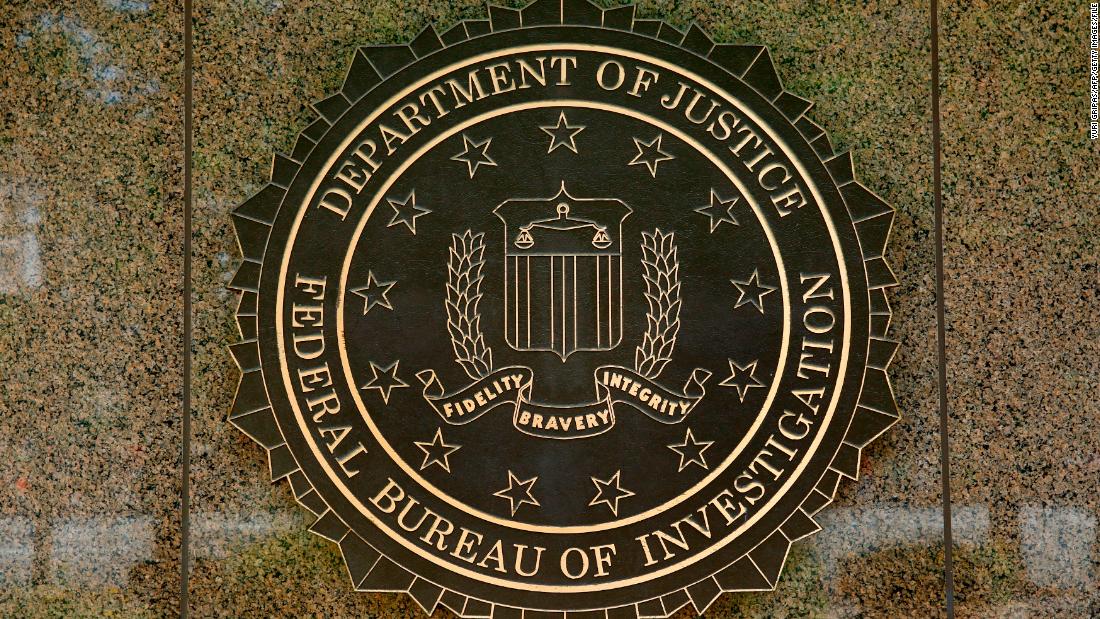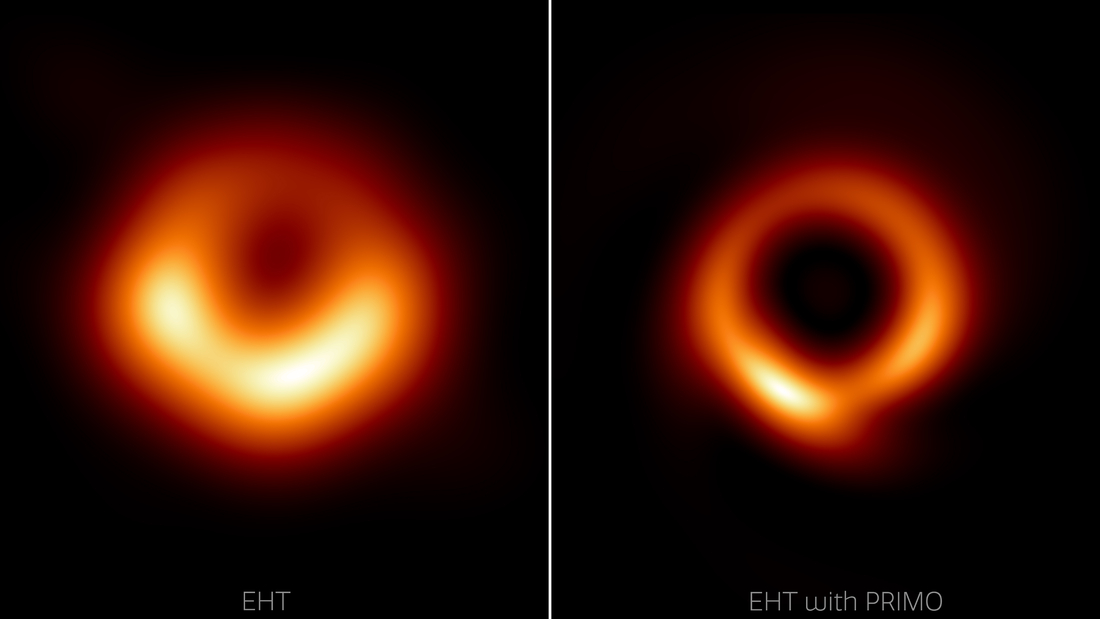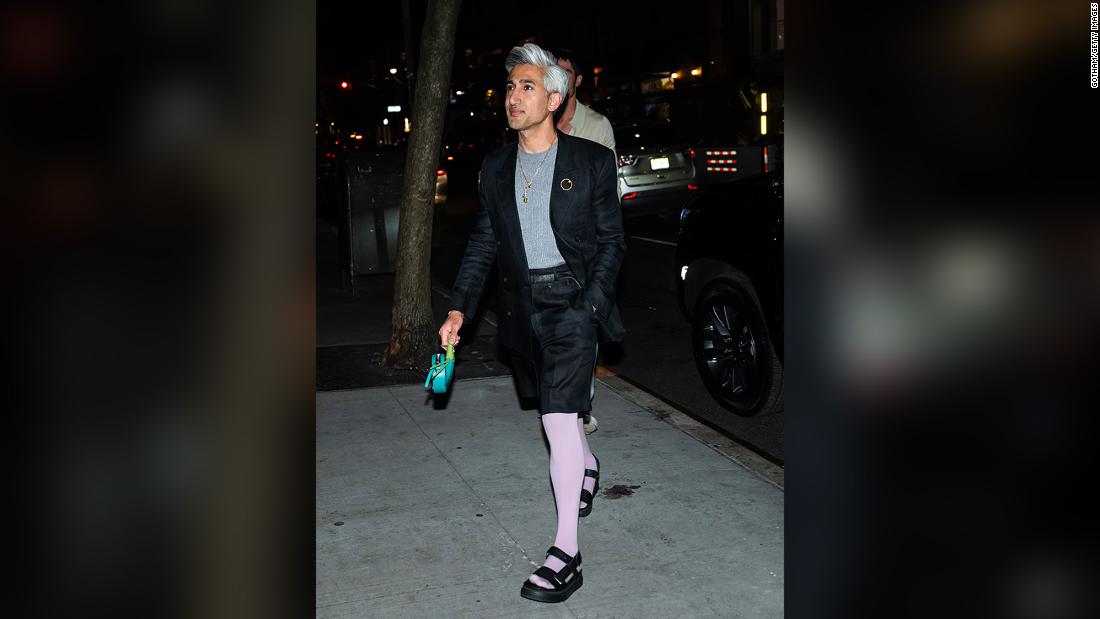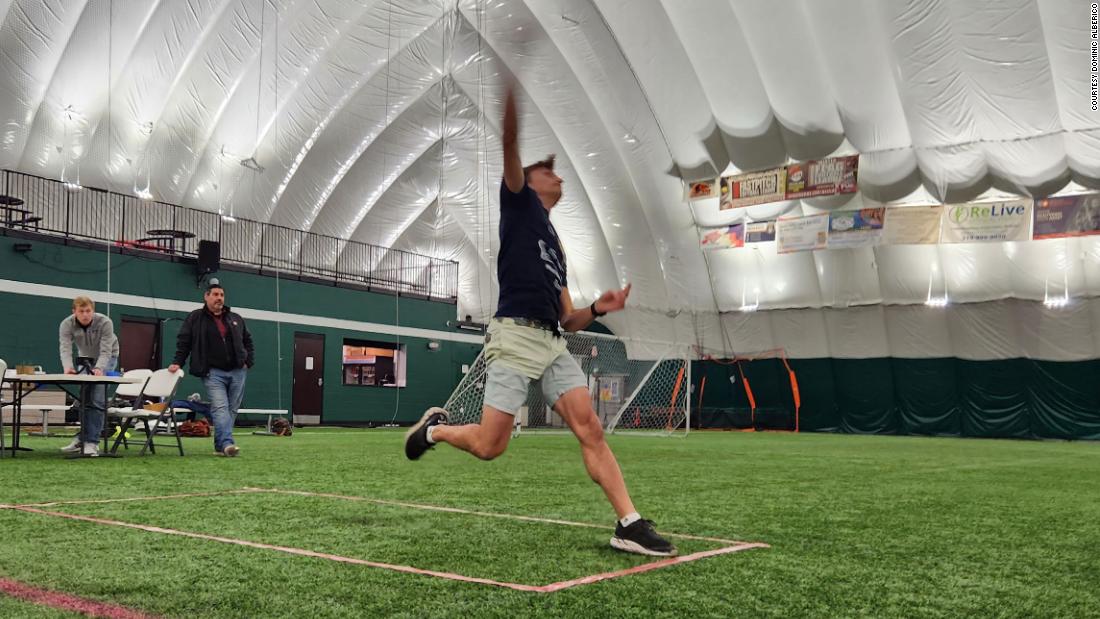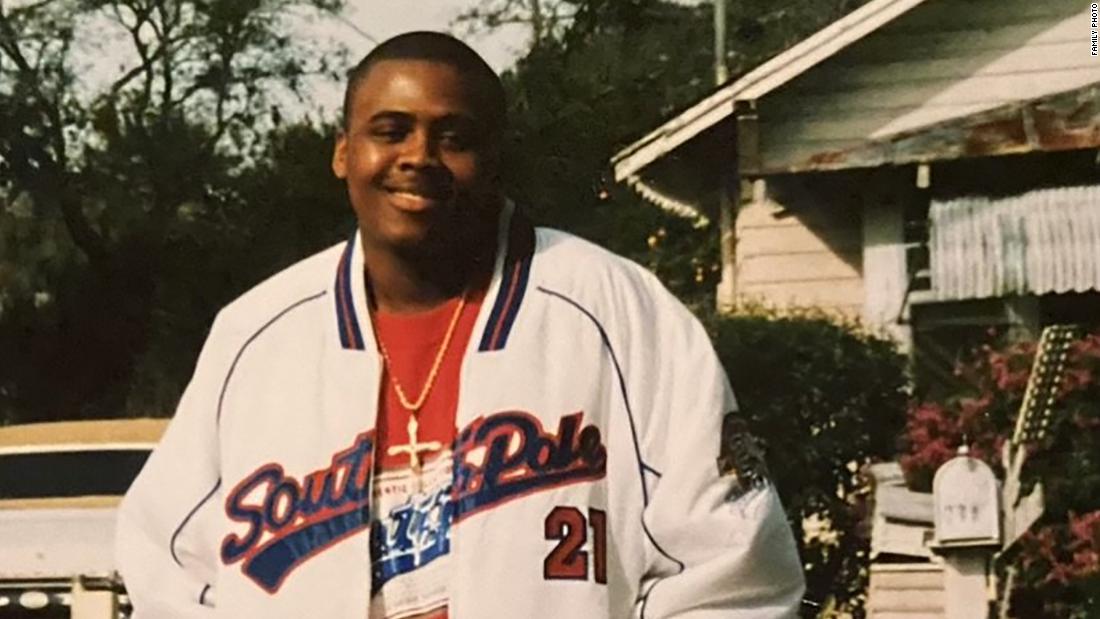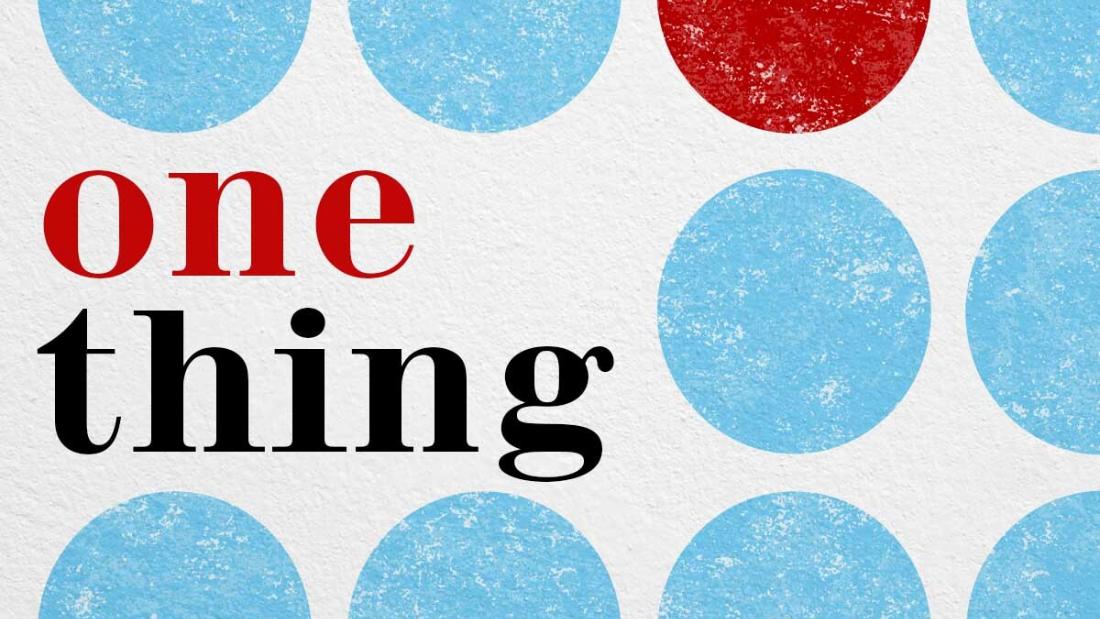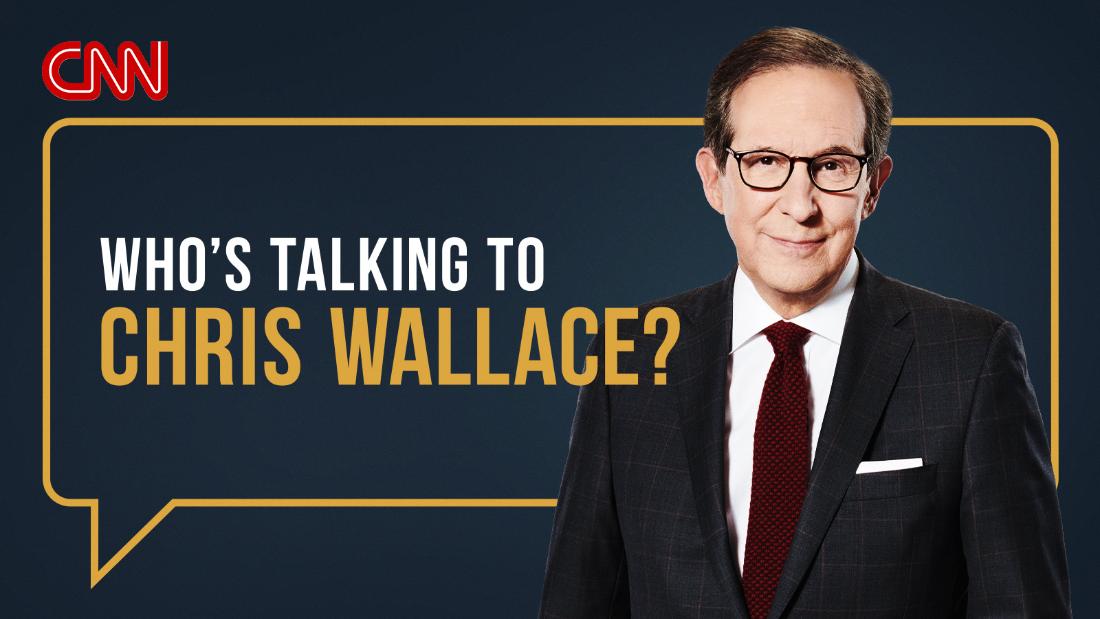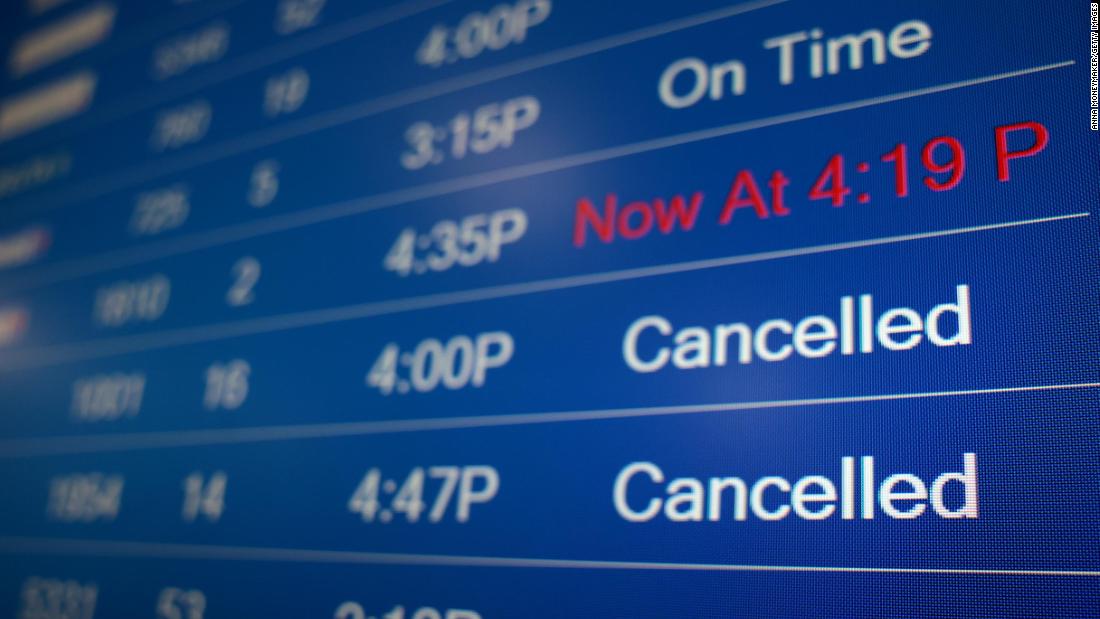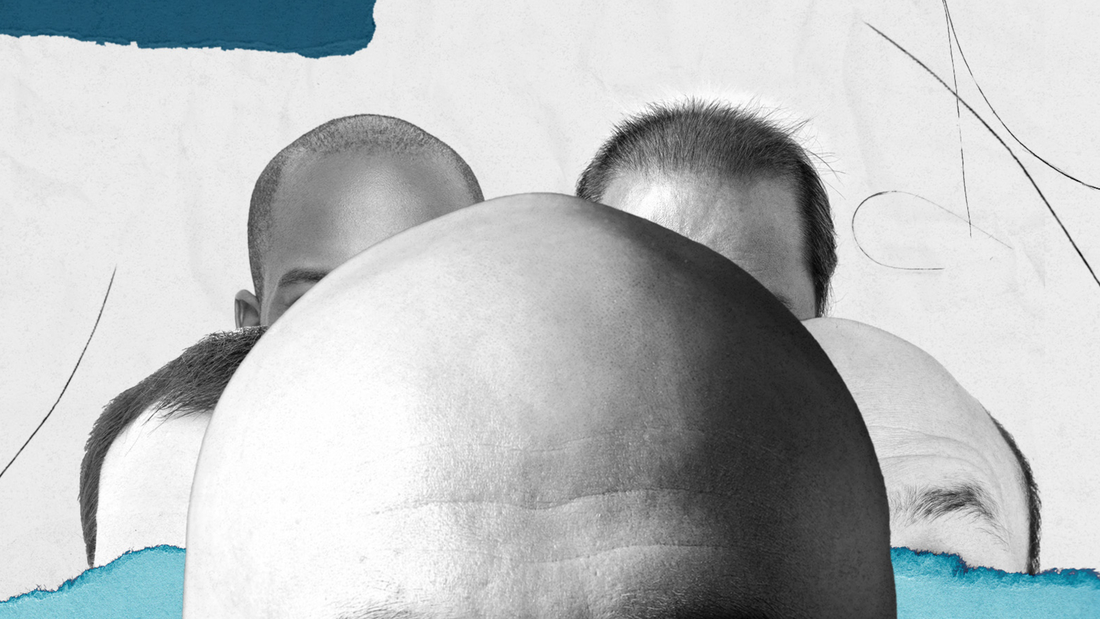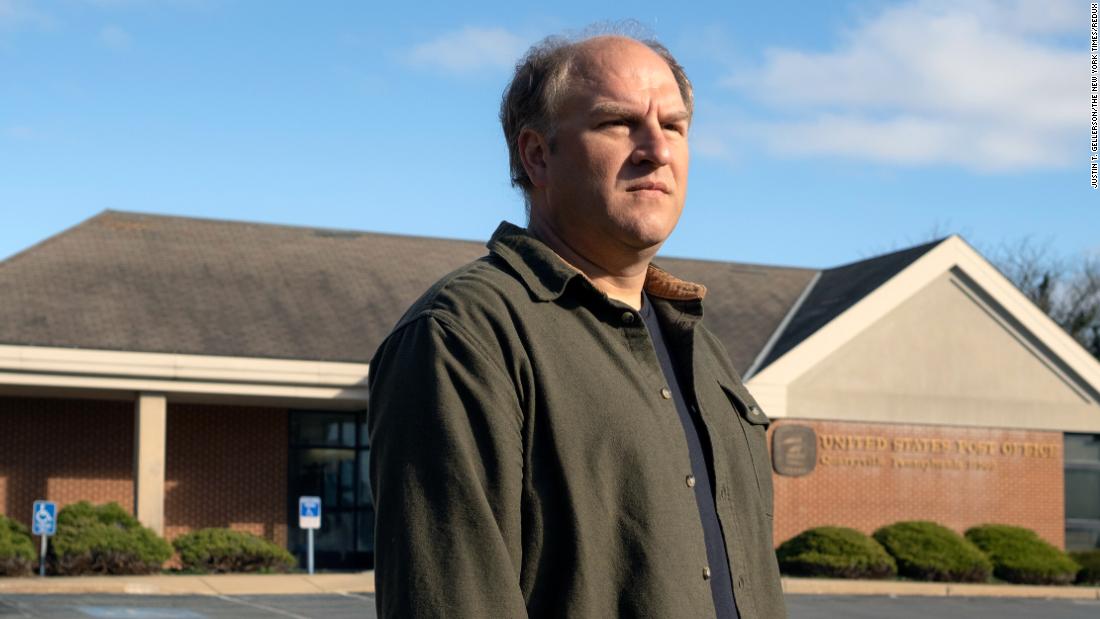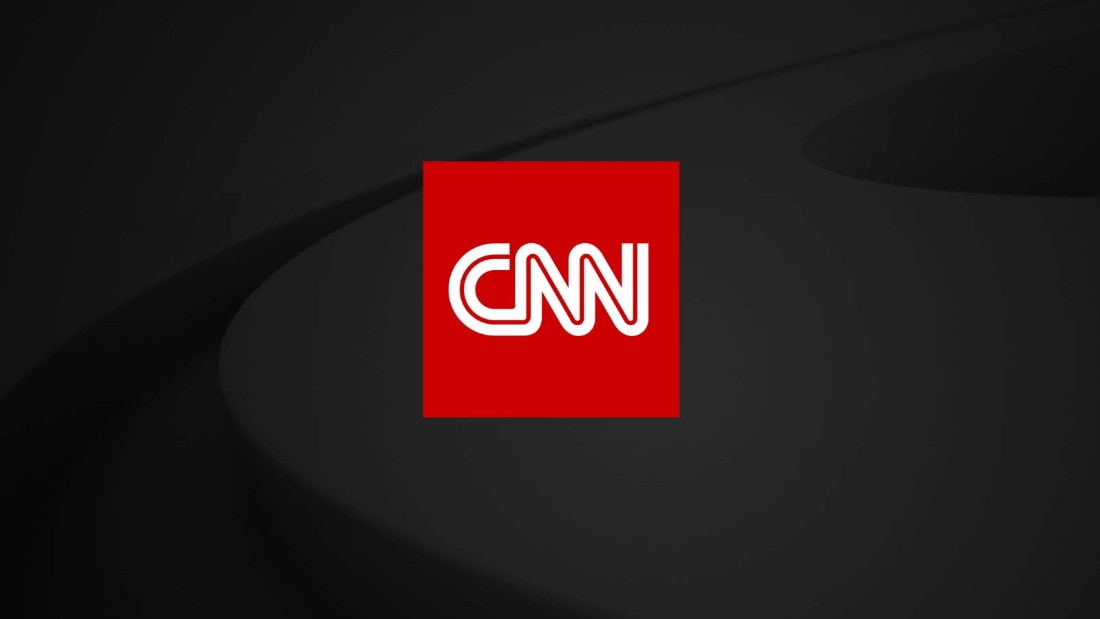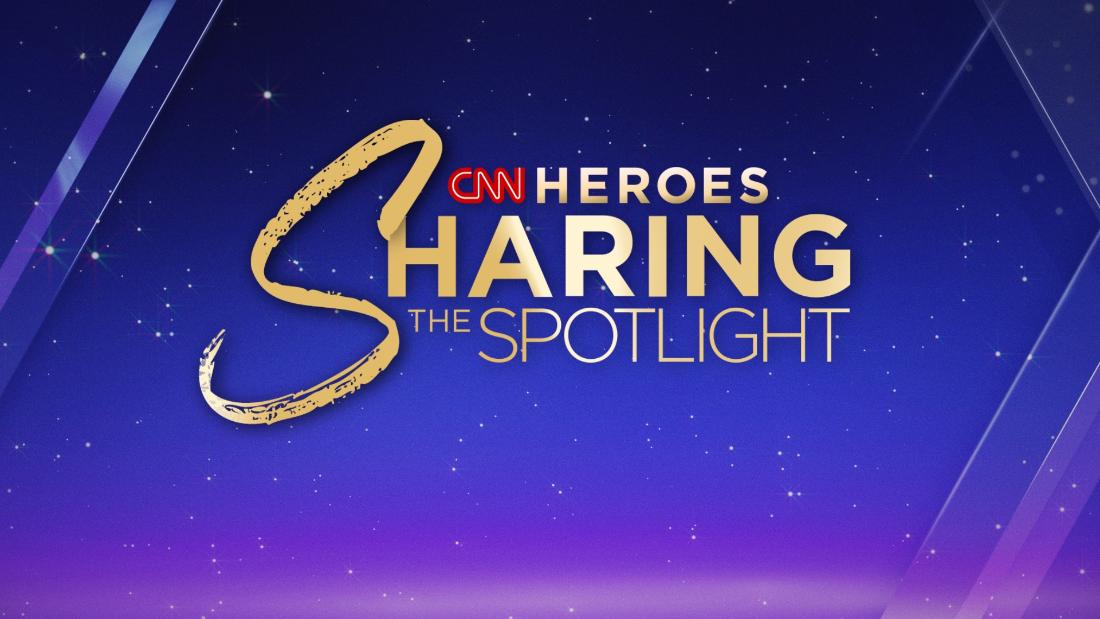AS Iraqi soldiers dug a huge ditch, one of them broke down in tears and told Clive Earthy that it was for the British Airways crew member being held as a “human shield”.
But the young man then told the father-of-three: “Don’t worry… the officer is a nice man and he will make sure you will not feel any pain because he will shoot you straight in the head.”
GettyThe tail-fin of British Airways Flight 149 at Kuwait City airport[/caption]
AFPSaddam Hussein with British hostage Stuart Lockwood, then aged six[/caption]
Bryony ReynoldsBritish Airwars crew and passengers taken hostage – pictured in a Kuwait hotel[/caption]
Slky UK Limited ©Clive Earthy, pictured, claims he saw ‘military’ men get on and off BA Flight 149 when it landed in the war zone[/caption]
This was just one of several occasions when Clive, 82, from Alresford, Hampshire, thought during a four month hostage ordeal in 1990 that “I was going to die and never see my wife and children again”.
Now, 35 years on from the invasion of the Gulf state of Kuwait by Iraqi forces, the grandfather is hoping to solve the mystery of British Airways Flight 149.
The Jumbo Jet was allowed to stop in Kuwait City to refuel on August 2, even though the British government knew that dictator Saddam Hussein’s tanks had rolled into his oil-rich neighbour six hours earlier.
Once on the tarmac, fighter jets flew across the airport and there were explosions nearby.
It only takes a moment to divert a plane, so why wasn’t Flight 149’s captain told not to touchdown?
Clive, who was Head of Cabin Services looking after 367 passengers, thinks he has the answer.
He claims a British officer in military uniform at the Boeing’s exit told him: “You’re running very, very late, and I’ve been asked to escort off your flight a group of young men,” who were then ushered away from the normal immigration channel.
Later, during captivity in Iraq, Clive says he was told by other members of the UK armed forces that they knew Flight 149 had been coming into Kuwait with important men on board.
The theory is that the British Airways passenger plane had been ordered to land in a war zone in order to get a “black ops” team covertly into the country.
This has always been denied by the British government – but it is the policy of the authorities not to reveal SAS operations.
Now a Sky documentary titled Flight 149: Hostage of War has delved into the scandal of how innocent passengers came to be used as pawns by Saddam – who paraded his British hostages, including then six-year-old Stuart Lockwood, on TV.
Last summer 94 people who survived that journey into hell joined together to sue the British government and British Airways for alleged negligence.
That case is ongoing and is expected to put forward new evidence of a cover-up.
Clive, who is part of the civil action, tells The Sun: “I would just like the government, namely the MoD [Ministry of Defence] and British Airways to admit that they knew about certain young men on my aeroplane in advance and could have stopped our flight from landing in Kuwait.
“Do I want money? No. I just want an apology.”
While who knew what and when is a matter of debate, what can’t be denied is that Flight 149 should not have landed in Kuwait City on August 2, 1990.
There had been tension between Kuwait and Iraq, both British allies at the time, for a number of months because Saddam could not pay the millions he’d borrowed from his neighbour to fund a failed war with Iran.
When I went around with the boarding cards, they just sort of said, ‘We won’t need those’
Clive Earthy
Tony Paice, an MI6 Agent at the British Embassy in Kuwait, warned the MoD that “from an early stage they were going to invade”.
For three decades the British government denied this, until in November 2021 it admitted the Foreign Office had been told that Kuwait was being attacked prior to Flight 149 landing.
Perhaps if the take-off from Heathrow hadn’t been delayed due a fault with the plane’s auxiliary unit, it might have made it out before the shooting started.
Arriving late on the flight, the final destination for which was supposed to be Kuala Lumpur in Malaysia, was a group of ten “fit young men” who all sat at the back of the plane.
Clive recalls: “When I went around with the boarding cards, they just sort of said, ‘We won’t need those’.”
Having been the last on, they were the first off on the orders of the military officer that Clive met.
He explains: “When they came up to the front, they were escorted, not through the normal passenger arrivals channels, they went down the steps at the side of the aircraft with the military officer.”
Rape and executions
Soon after Clive had bigger things to worry about – namely the safety of his passengers and crew.
With explosions in the city, they could no longer take-off and were taken on a bus to the opulent five star Regency Hotel.
One of the BA stewardesses was raped by an Iraqi soldier during the bus journey, and Clive saw first hand how ruthless their captors were going to be.
I would just like the government, namely the MoD and British Airways to admit that they knew about certain young men on my aeroplane in advance and could have stopped our flight from landing in Kuwait
Clive Earthy
He recalls: “I went up to the Iraqi major in the hotel and said, ‘This young lady thinks she’s been attacked on the bus, here, from the airport’.
“And he instantly got the guards, who were escorting the bus, and brought them into the lobby.
“The Iraqi officer took out his gun and handed it to the stewardess to say, ‘Shoot him’, which upset the stewardess very, very much.
“And the steward, who pulled the Iraqi soldier off of her, was handed the pistol and he declined.”
Clive was told that the rapist soldier was taken away and executed.
Daring escape
Slky UK Limited ©An Iraqi tank takes Kuwait City on August 2 1990[/caption]
Slky UK Limited ©Passenger Deborah Saloom escaped to the US Embassy[/caption]
Slky UK Limited ©Iraqi troops controlled Kuwait[/caption]
American passenger Deborah Saloom, 74, saw the horrors inflicted on the Kuwaiti population and feared they would be next.
She says: “We saw military men chasing men with their automatic weapons, we saw them rounding up people, we saw a man hanging from a rope from a communication pole.”
Having been told that Kuwaiti staff were getting their families out of the country, Deborah and her husband B George, 77, decided to trick a bus driver into taking them to the US embassy.
Deborah claimed she needed to go to the hospital, but on route revealed the truth.
She was “petrified” during the journey, with the driver having to find ways to avoid checkpoints.
The Iraqi officer took out his gun and handed it to the stewardess to say, ‘Shoot him’, which upset the stewardess very, very much
Clive Earthy
It proved to be the right decision because they were safe in the embassy while other passengers were taken to military sites around the country and used as “human shields”.
Clive was not the only one who thought he’d be shot.
British passenger Barry Manners was told “I’m going to kill you” by a guard who then fired a shot away from his head.
Even worse, BA steward Charlie Kristiansson was raped by a male soldier.
Charlie says in the documentary: “He shot into the ground and said, ‘Britain has raped Iraq and you are going to know what it feels like’.”
Slky UK Limited ©BA steward Charlie Kristiansson was raped by a male soldier[/caption]
The first Gulf War
On August 2, 1990, tyrant Saddam Hussein ordered the invasion and brutal occupation of neighbouring Kuwait in a row over oil and loans.
US President G W Bush put together a 39-nation coalition of 670,000 troops – the largest military alliance since World War II – to liberate Kuwait, with full backing from the United Nations.
Bush said: “Iraq will not be permitted to annex Kuwait. That’s not a threat or a boast that’s just the way it’s going to be.”
Britain sent 53,462 military personnel in its largest single deployment since WWII.
It cost over £2billion with most of the tab picked up by Saudi Arabia and Kuwait. Some £200million of British kit was lost or written off.
The coalition’s efforts against Iraq were carried out in two key phases.
The first, Operation Desert Shield, marked the military build-up from August 1990 to January 1991. Iraq was given an ultimatum to withdraw, with a deadline of January 15.
The second, Operation Desert Storm, began with an aerial bombing campaign against Iraq on January 17, 1991, which lasted for five weeks.
It ended with the American-led liberation of Kuwait on February 28, 1991, after the coalition launched a major ground assault into Iraqi-occupied Kuwait.
There was a constant fear that Saddam would use his stockpile of chemical weapons against coalition troops.
There were many false alarms but the Iraqi despot didn’t repeat his chemical attack on the Kurds in Halabja in 1988 which killed as many as 5,000.
Gulf War One was the first truly televised war with audiences astonished by the accuracy of a new generation of smart bombs and precision guided munitions.
RAF man John Nichol adds: “You had reporters on the ground filming aircraft taking off, and landing, which went live on air.
“It was astonishing and brand new. Journalists were living in the hotel with the aircrew and buying them beers.”
One of the defining moments in British coverage was when the BBC’s John Simpson breathlessly told the nation a cruise missile had just flown past his Baghdad hotel window and was “turning left at the traffic lights”.
The Flight 149 crew and passengers were among 3,000 foreign hostages described by Saddam as “guests”.
Gradually, under international pressure, the dictator started to release women, children and the sick.
B George was told there was a scheme for people with Arab heritage, which he had, to get out of Kuwait.
He signed up for the scheme, but it was just a “trick” to get him out of the safety of the embassy in November 1990.
B George is tearful as he recalls in a Zoom call: “They interrogated me. They put a gun to my head and told me they would take me to the desert and shoot me.”
‘The penny dropped’
Clive was taken to the city of Mosul in northern Iraq, where six men from the British garrison in Kuwait were also being held.
Saddam hoped that the United States and the United Kingdom would not attack his country if their citizens were there.
The British soldiers made a surprising revelation to Clive.
He reveals: “A couple of them told me, ‘We knew Flight 149 was coming in on the 2nd of August.’
“They said, ‘London, MoD presumably, had told us, meet Flight 149 at the airport and escort off the men, military men, who were to do work in and around Kuwait’.
“And of course that was when the penny dropped. All of a sudden, everybody knew that there was military on my flight. Everybody except us.”
All hostages were released on December 6, 1990 after 126 days in captivity.
Six weeks later Kuwait was liberated in Operation Desert Storm, when British and US troops attacked Saddam’s forces.
Members of the flight crew taken to a hotel in Kuwait
All hostages were released on December 6, 1990 after 126 days in captivity
A search for answers
In the aftermath of that victory, the suffering of the human shields has largely been forgotten.
But they are still determined to find out why they were put in harm’s way.
An anonymous member of the black-ops team later claimed that he was on Flight 149.
Clive, who worked for British Airways for 34 years before retiring in 1994, has been told by sources in the air industry that only one person could have ordered an SAS team to land in a war zone on a passenger flight.
He says: “They said, ‘We think there’s only one person who could authorise that sort of thing to go straight away, and that must be the Prime Minister, Maggie Thatcher‘.”
Thatcher, who died in 2013, denied there was a covert operation and all governments since have maintained there was no cover-up.
But with the lawyers bringing legal action claiming they have new evidence, this story is not over yet.
Flight 149: Hostage of War is on Sky Documentaries and Now TV on June 11.
GettyThe British Airways plane which landed in Kuwait was subsequently destroyed[/caption]
AlamyIraqi vehicles abandoned near Kuwait City during Operation Desert Storm[/caption]
AlamyThe Sheraton Hotel in Kuwait City during the first Gulf War[/caption]
Slky UK Limited ©MI6 agent Tony Paice warned about the invasion[/caption] Published: [#item_custom_pubDate]











